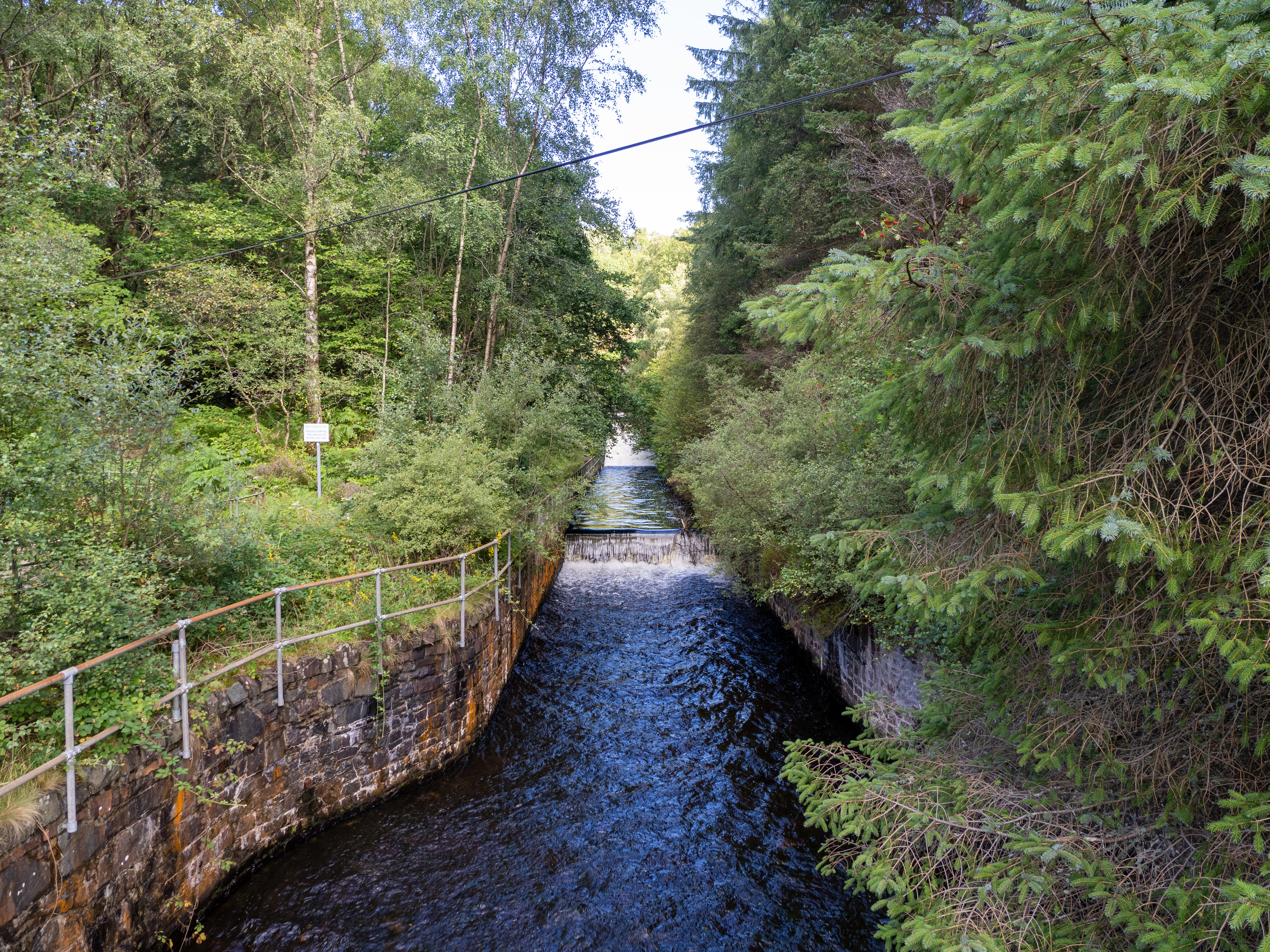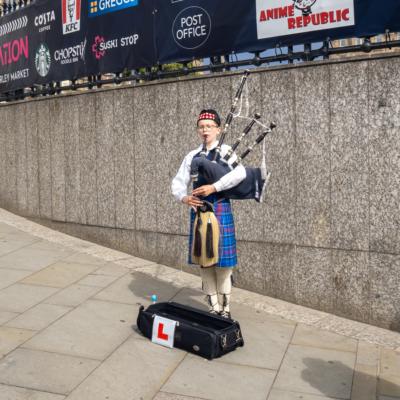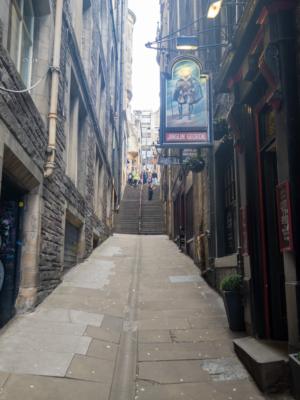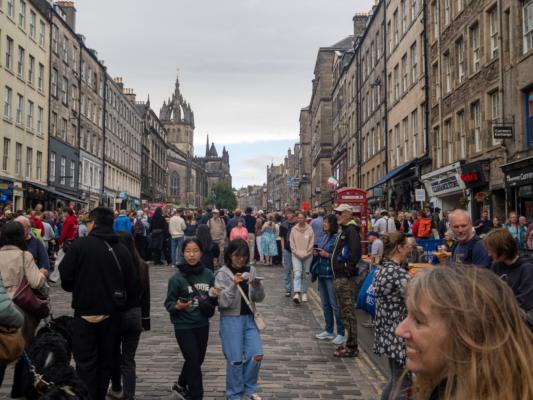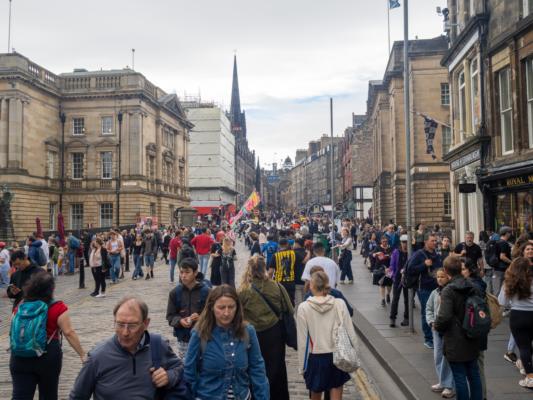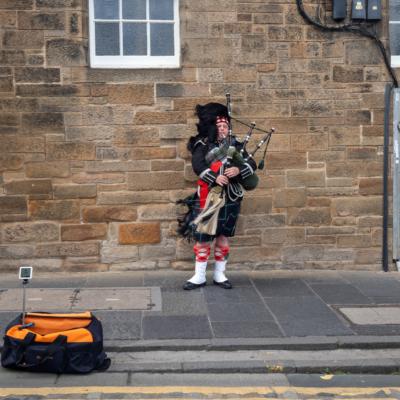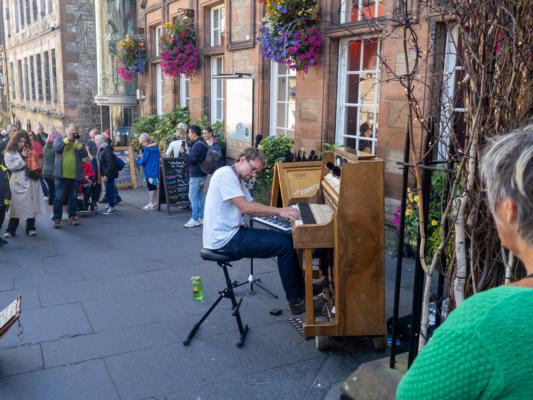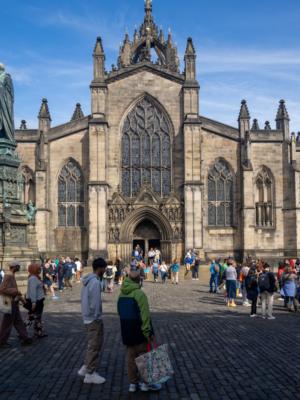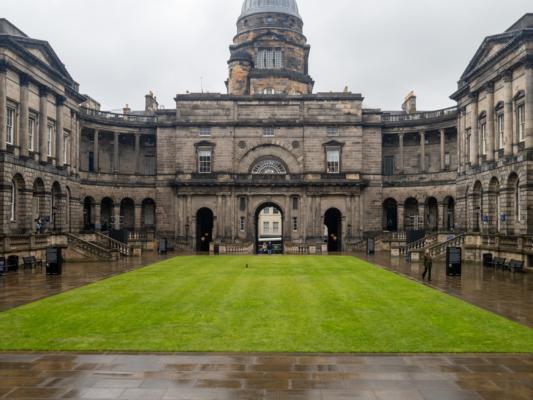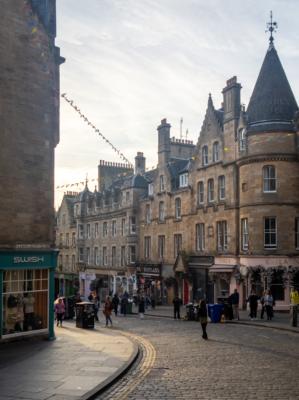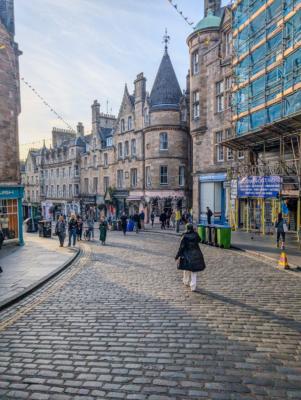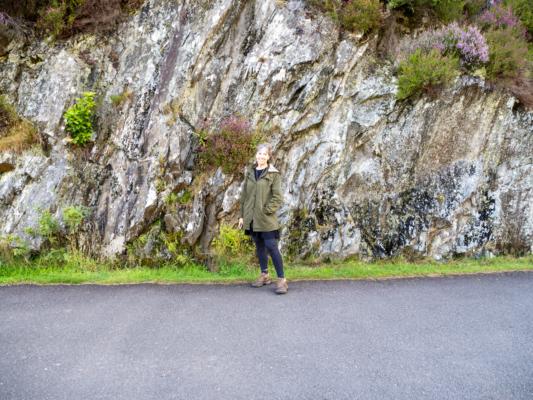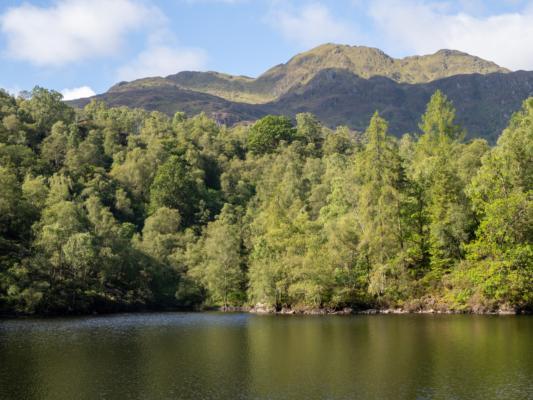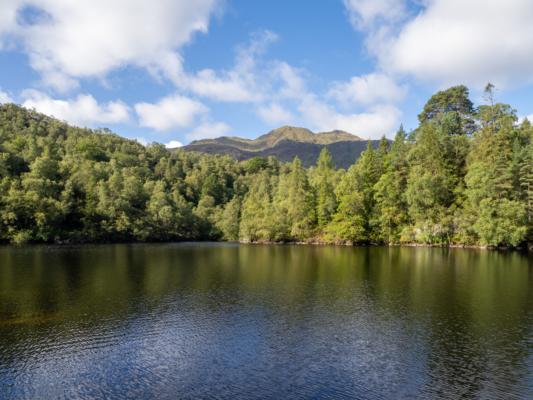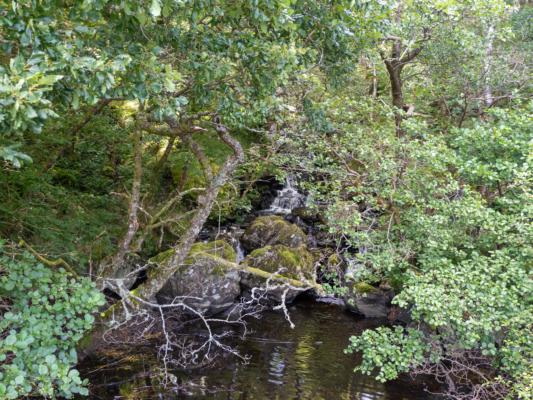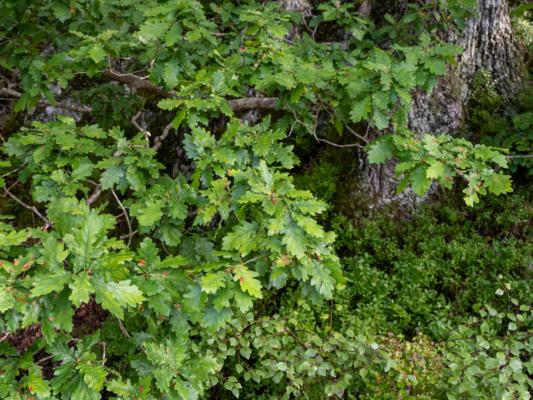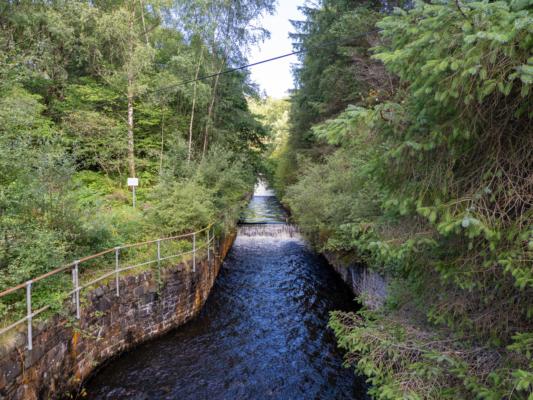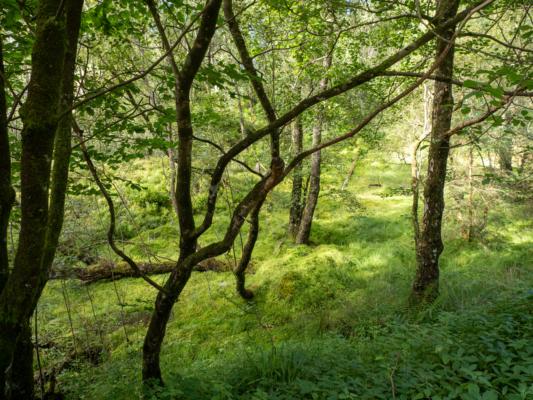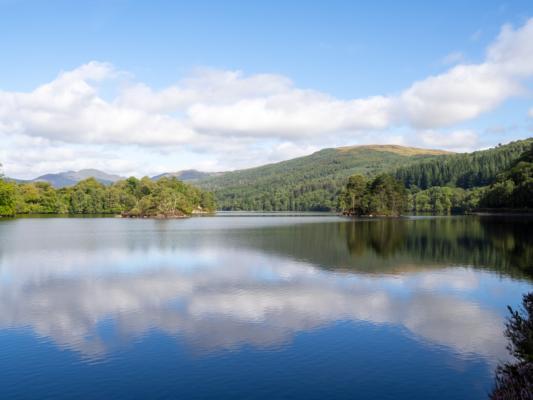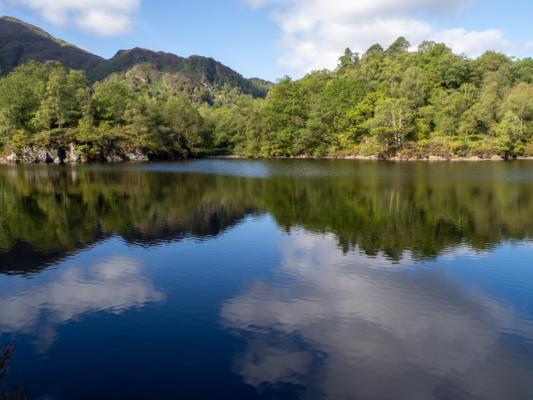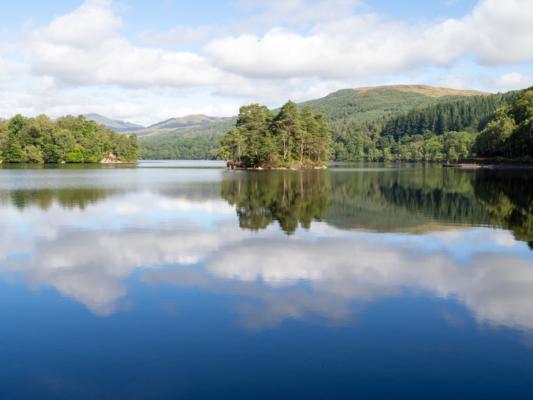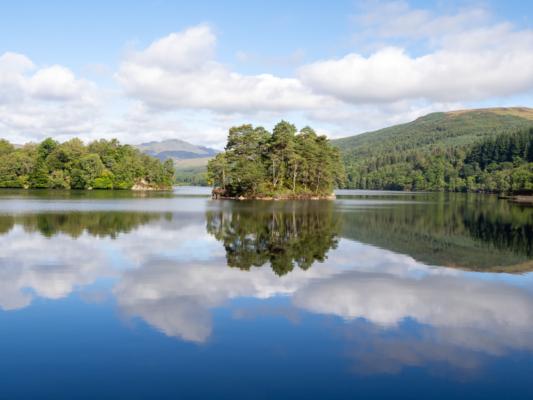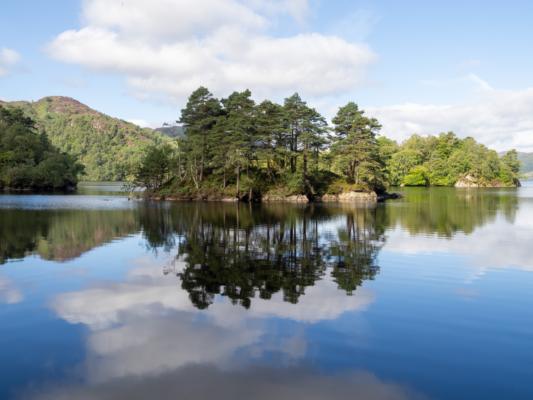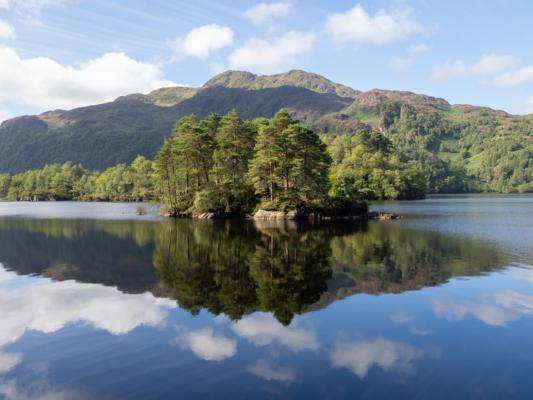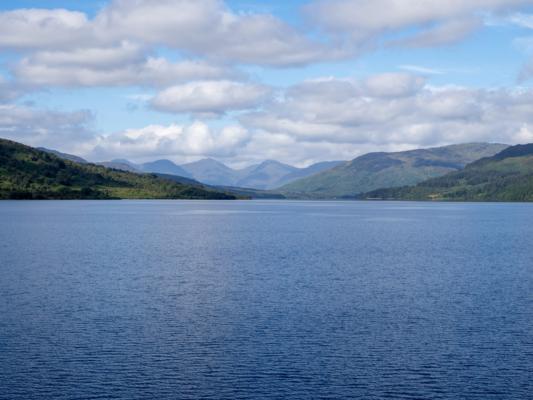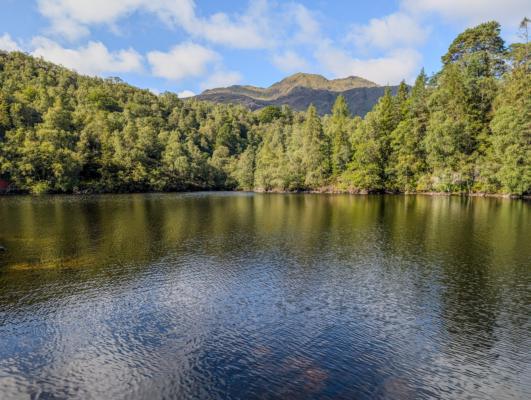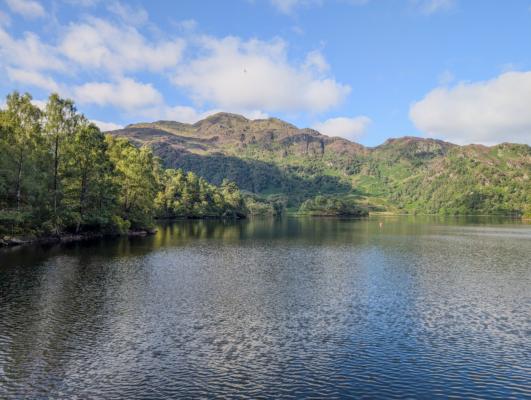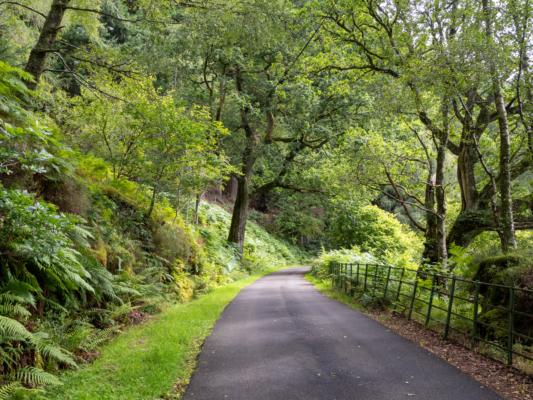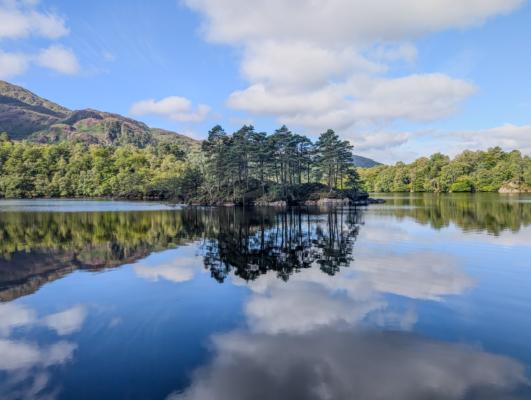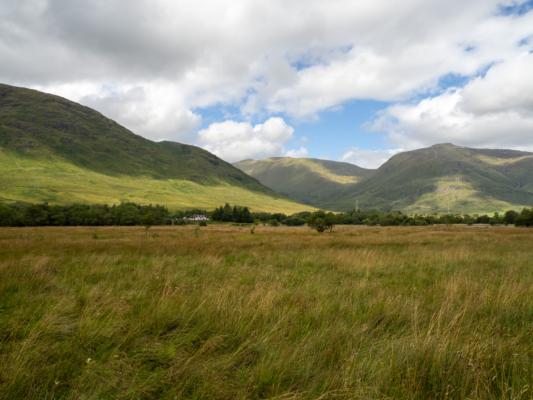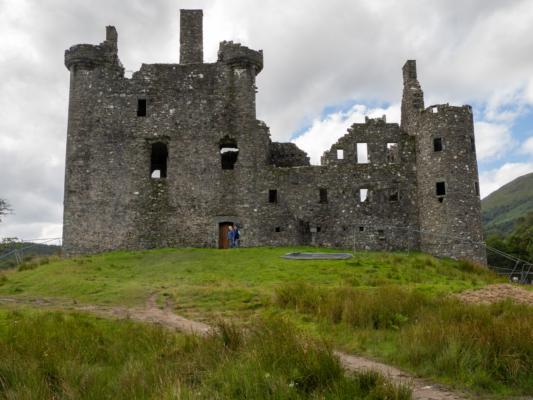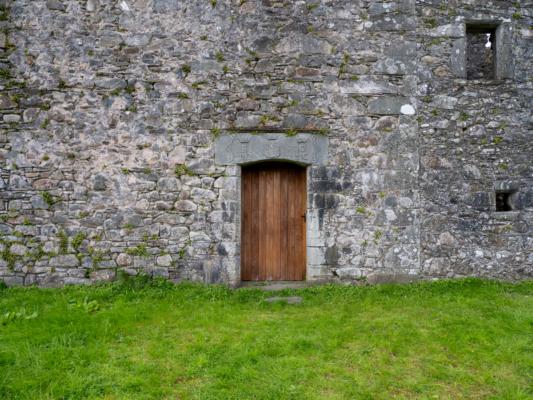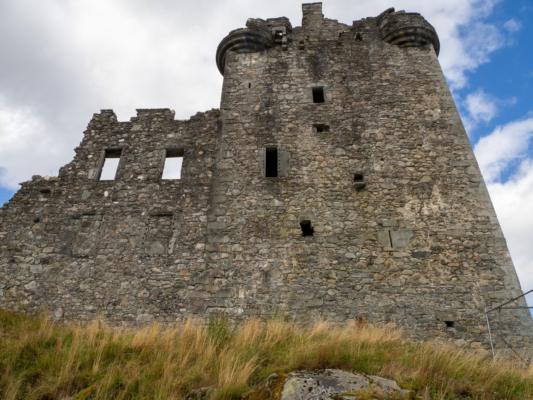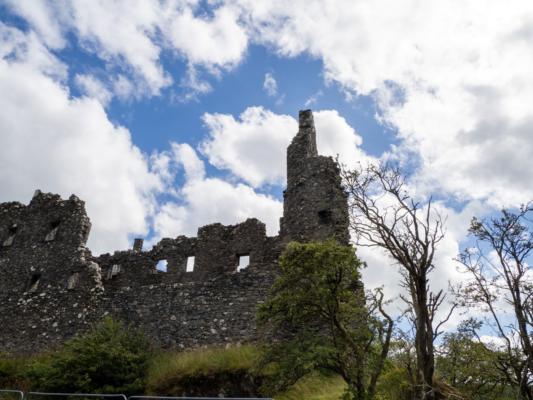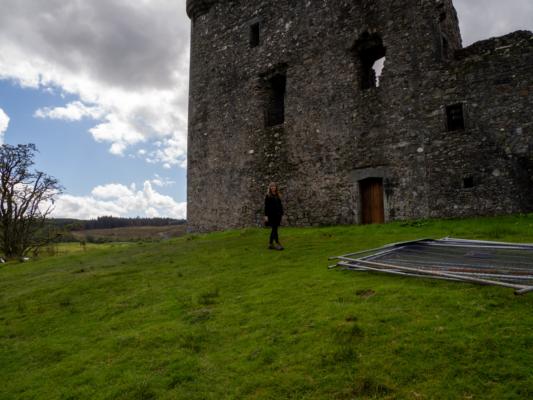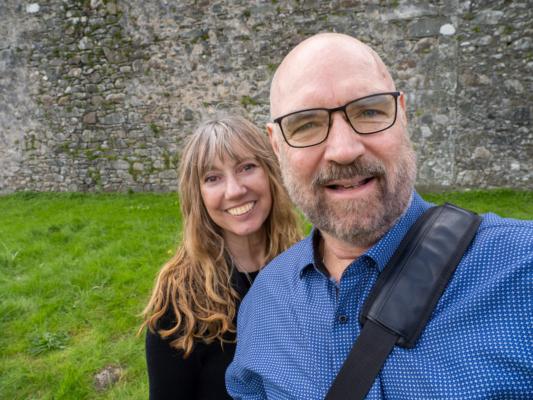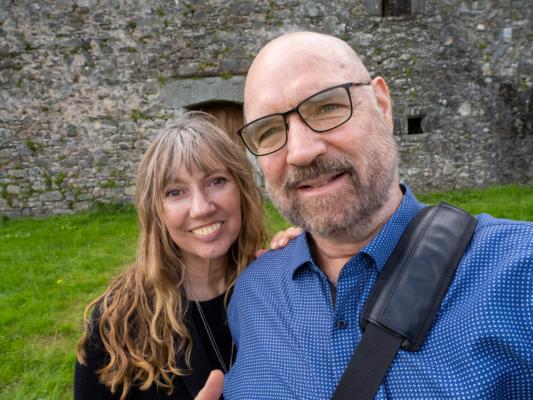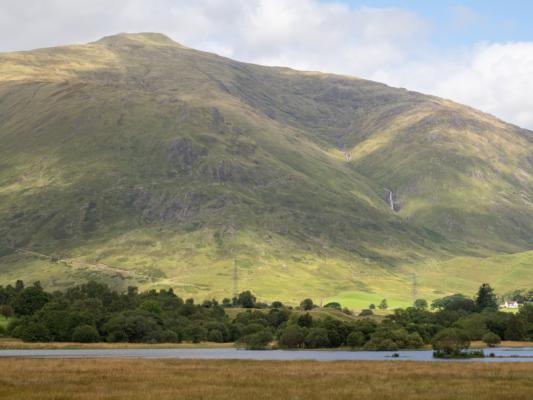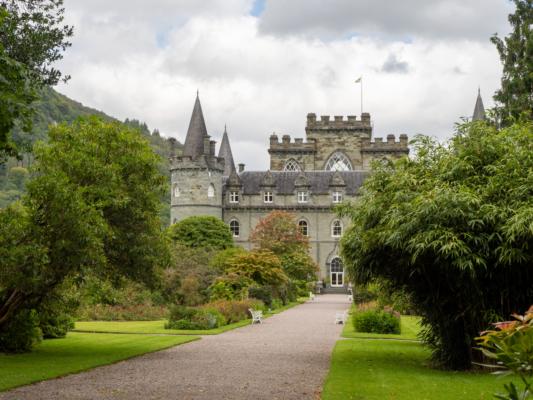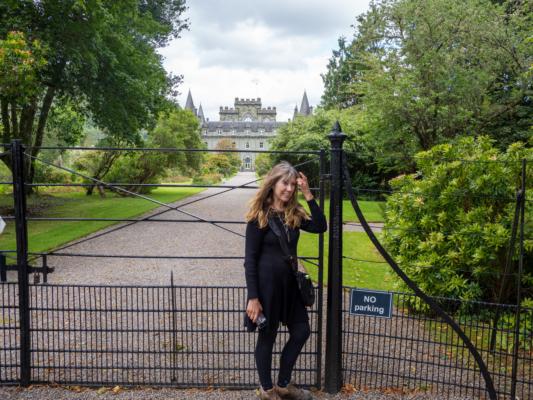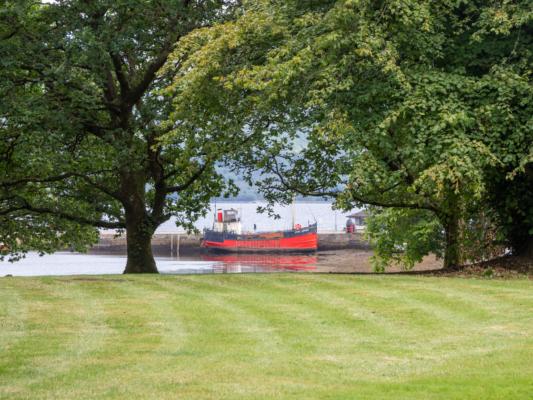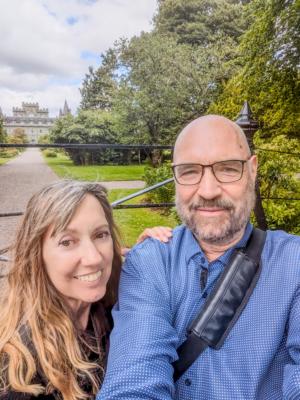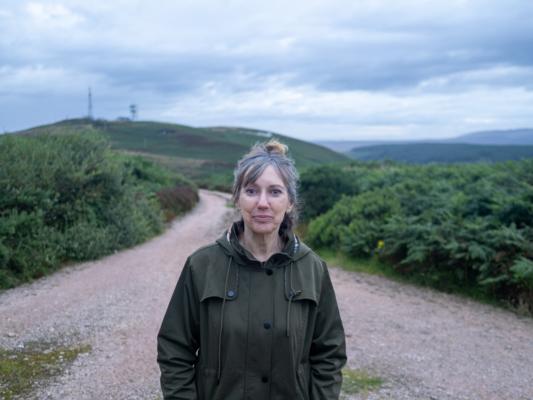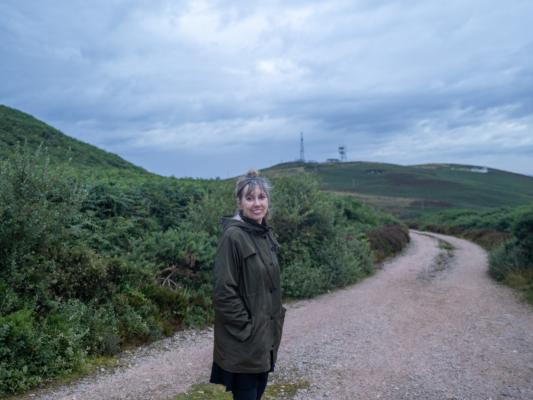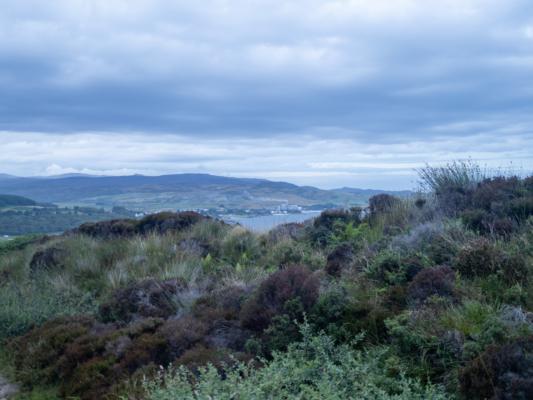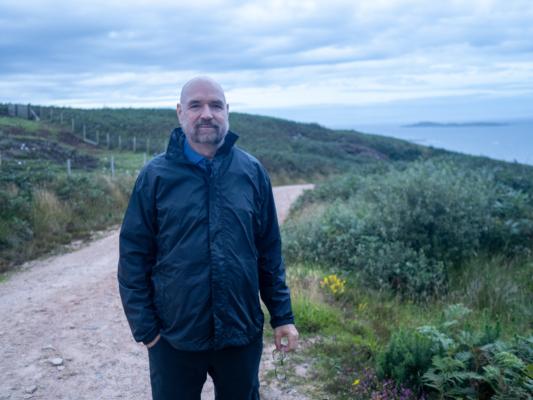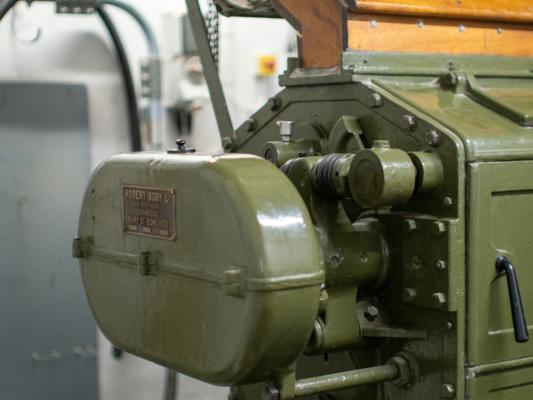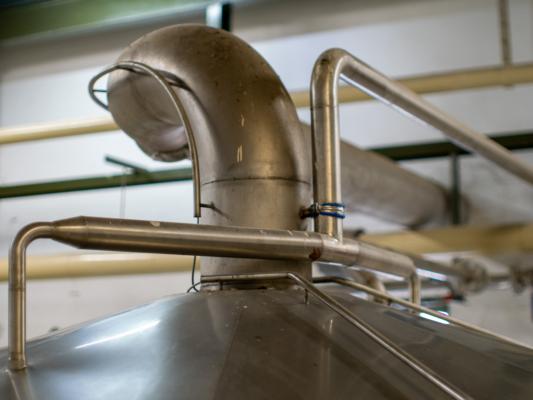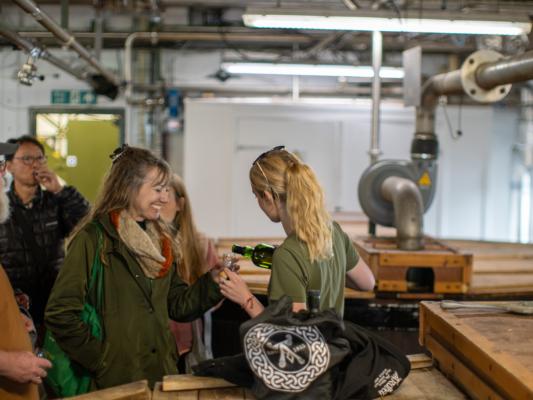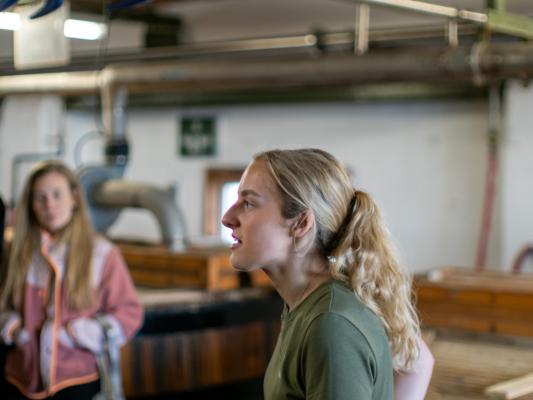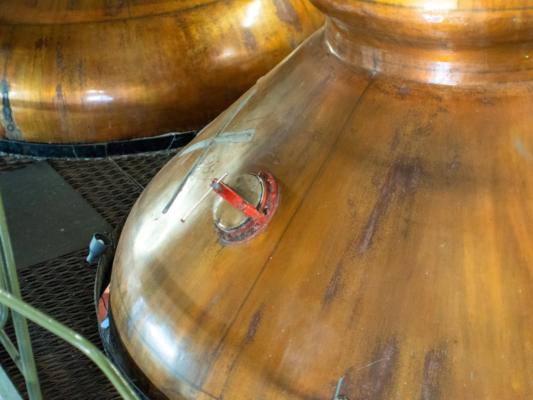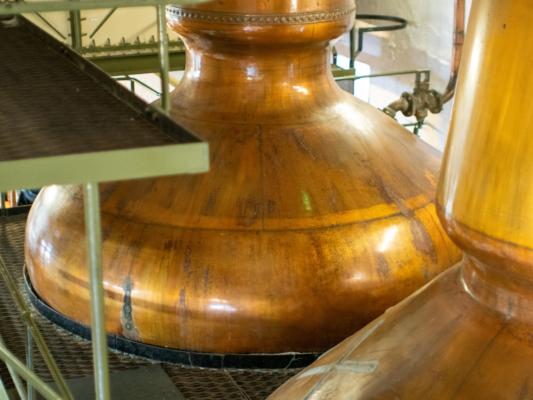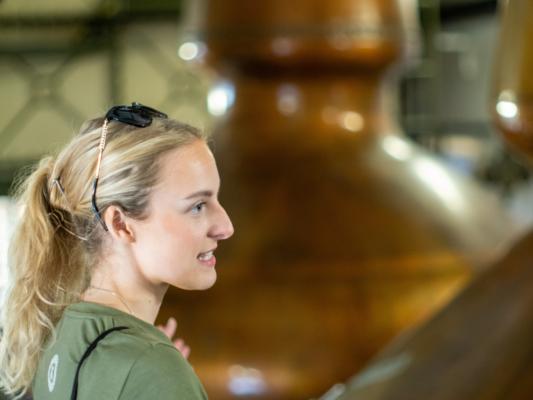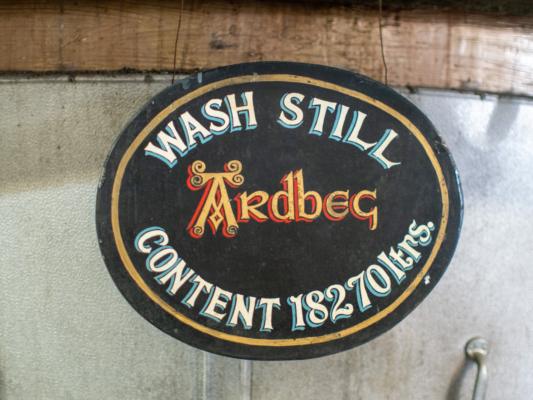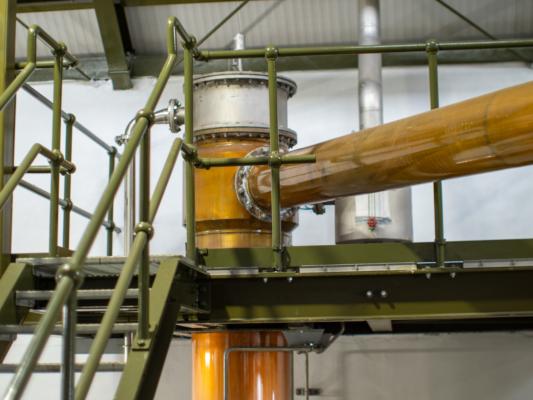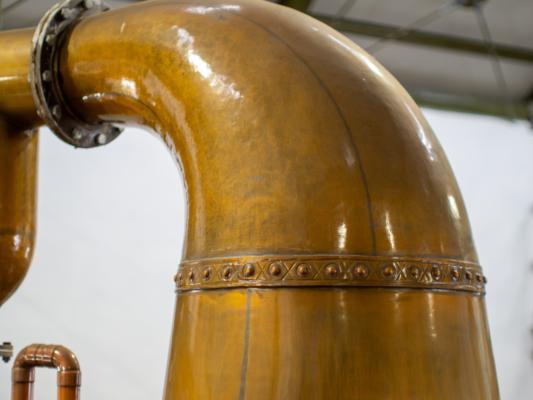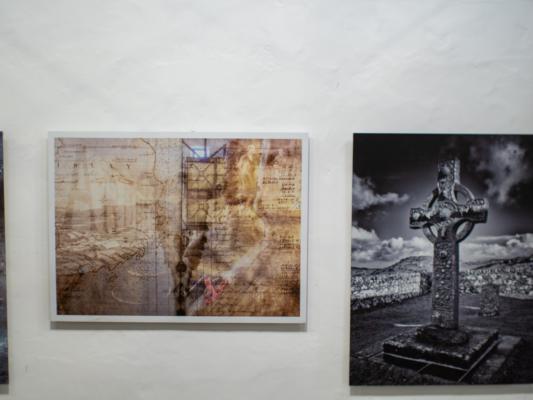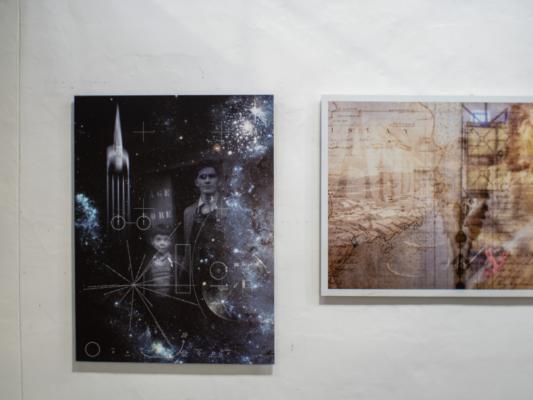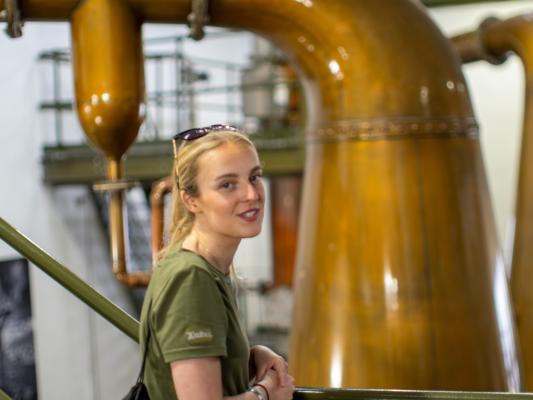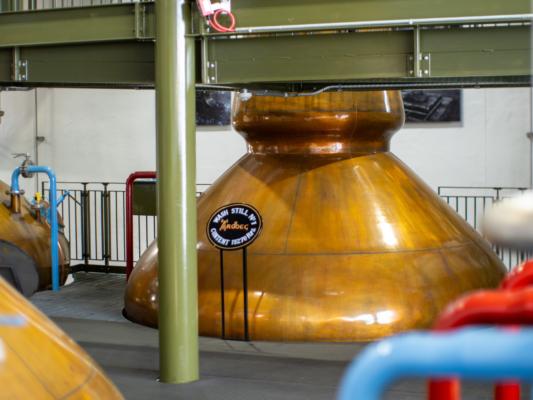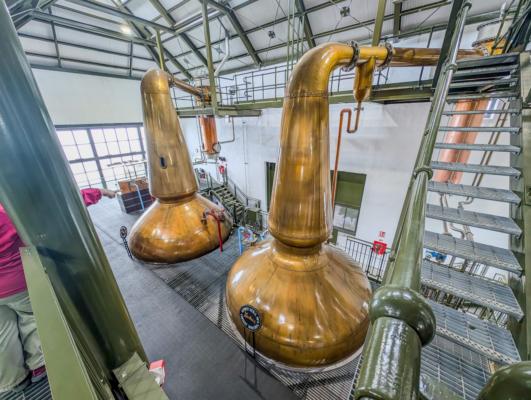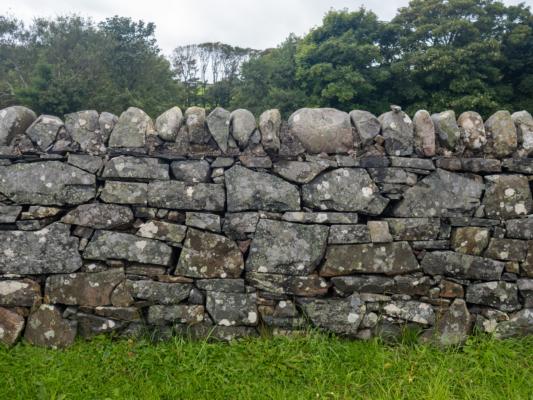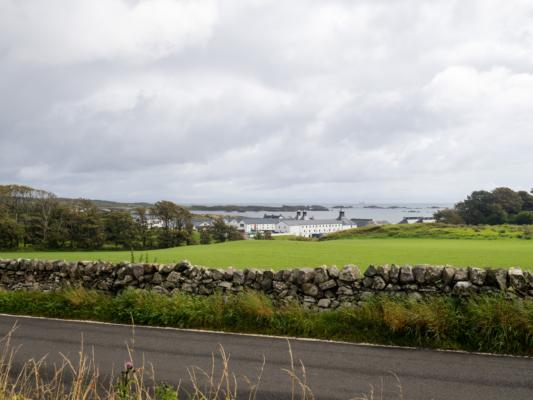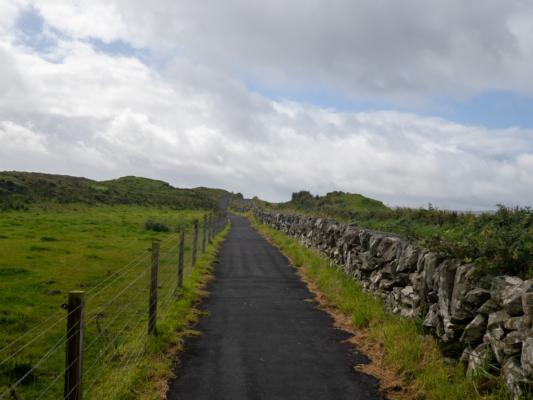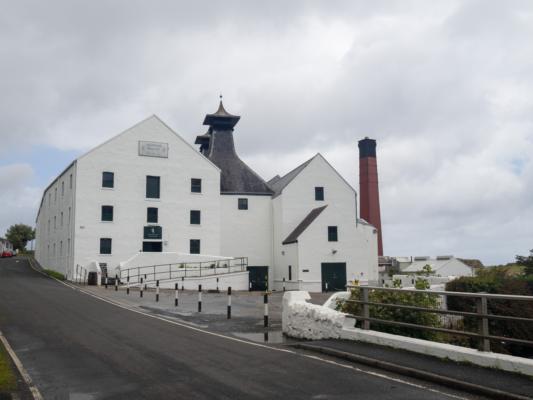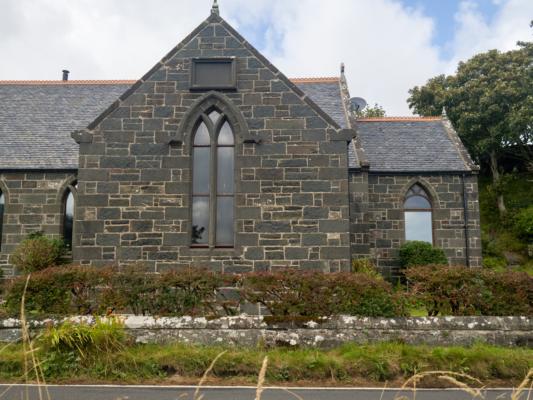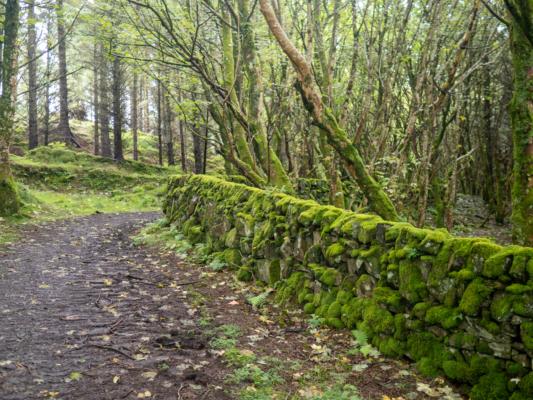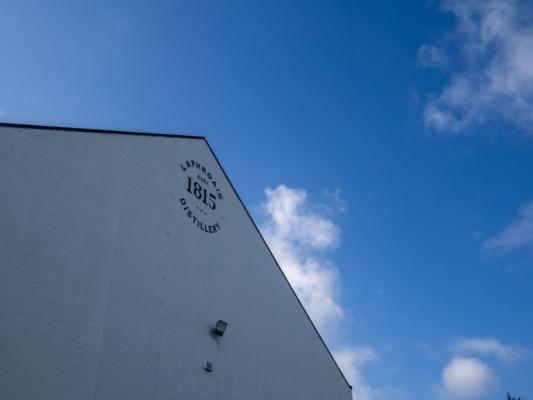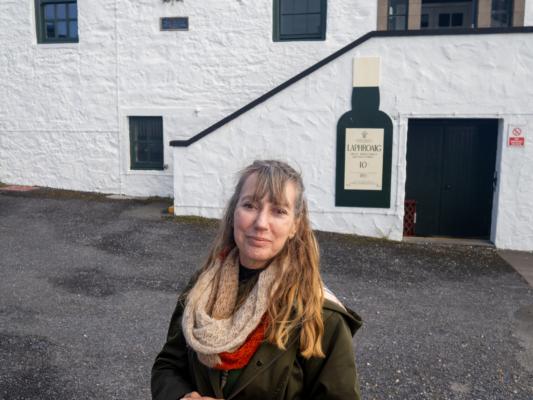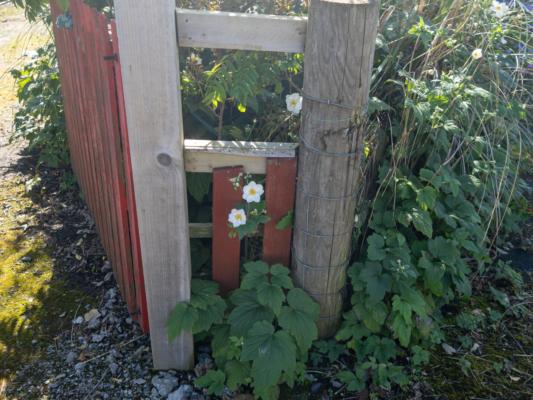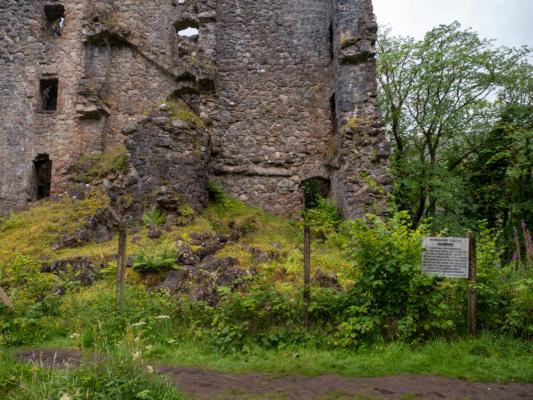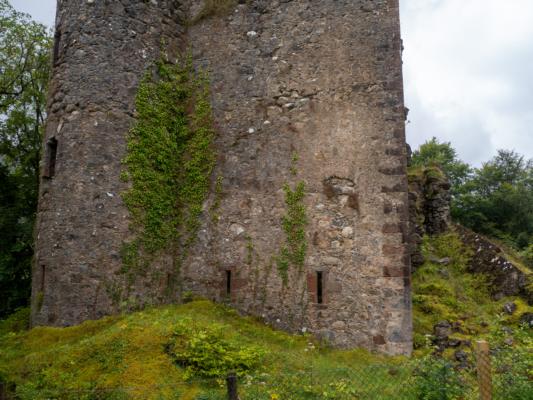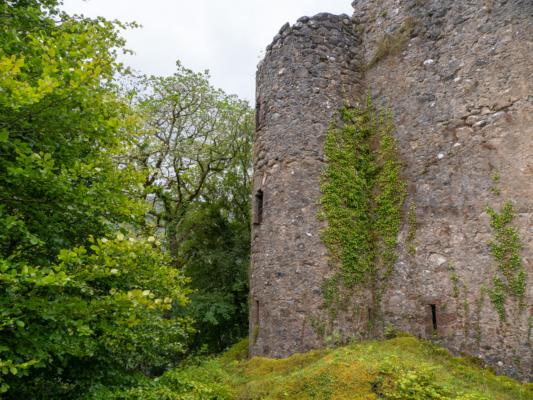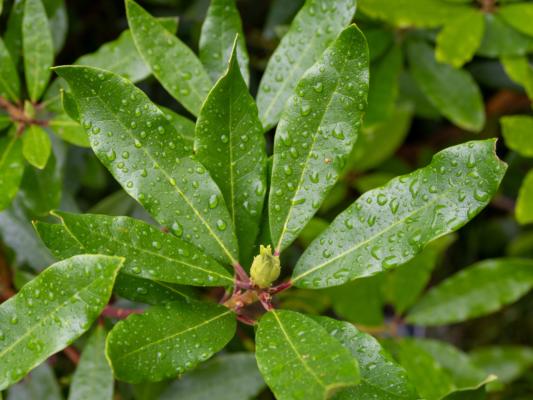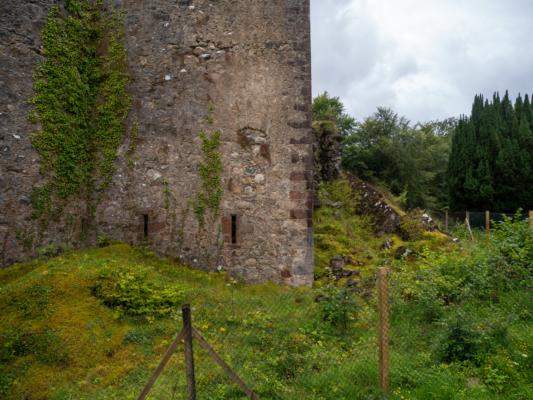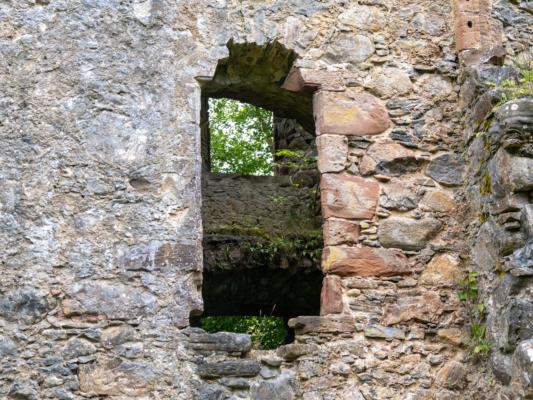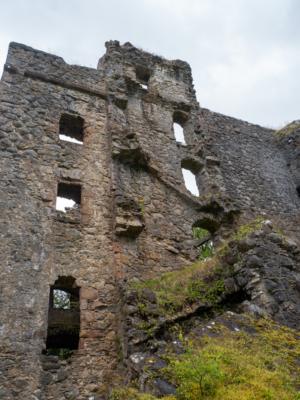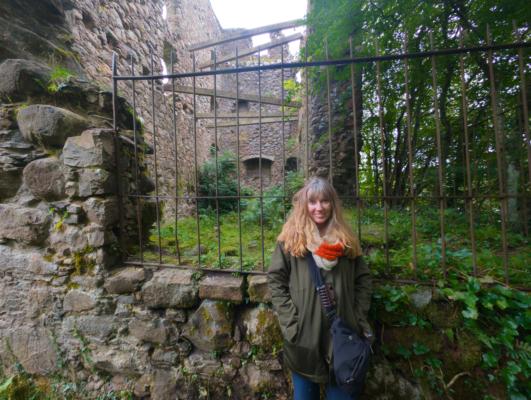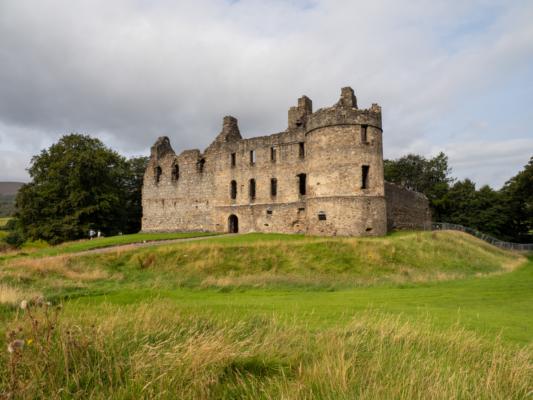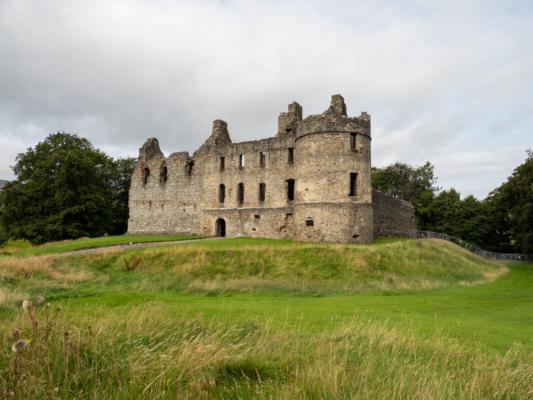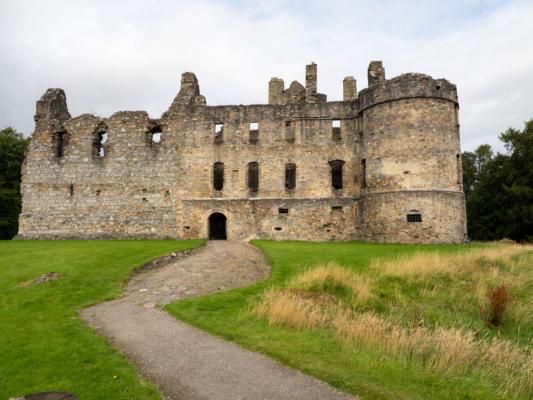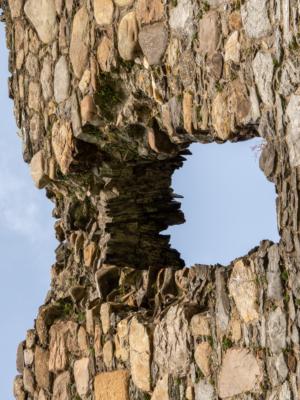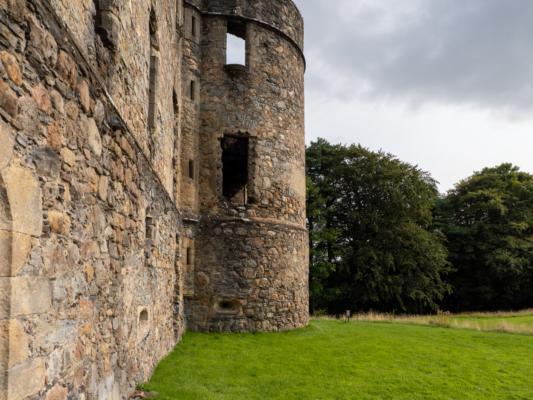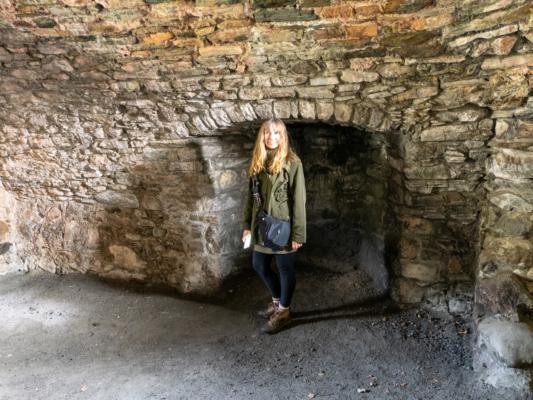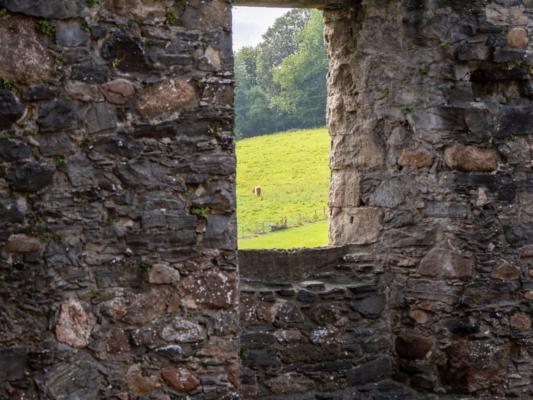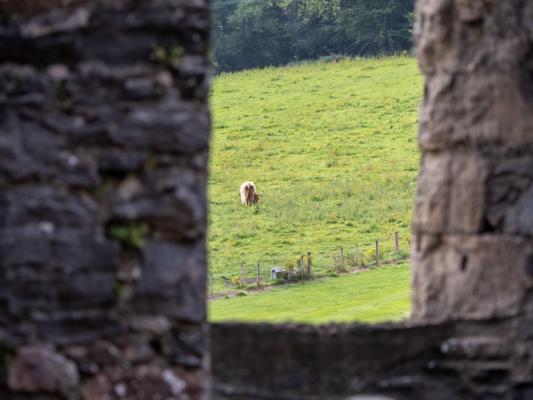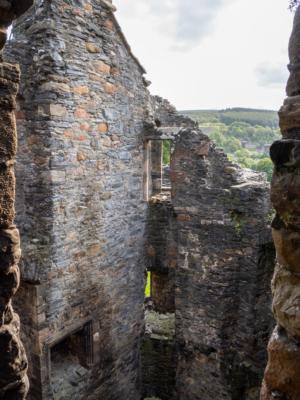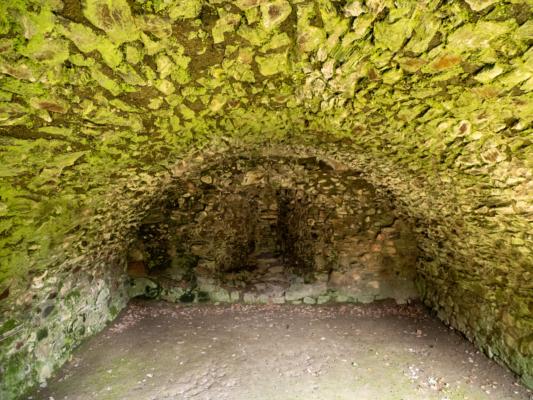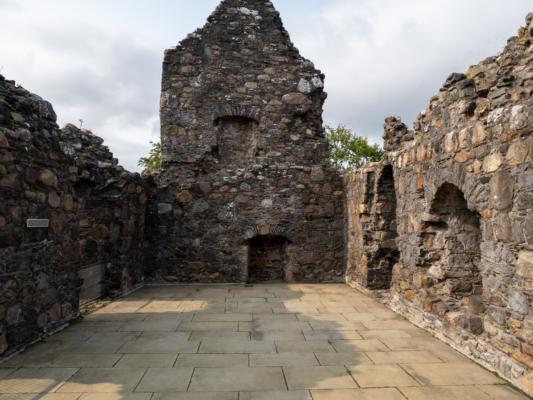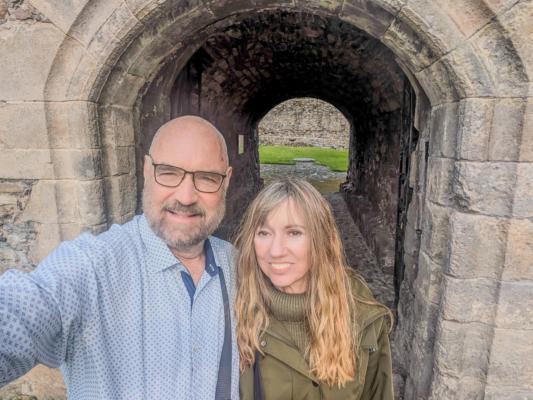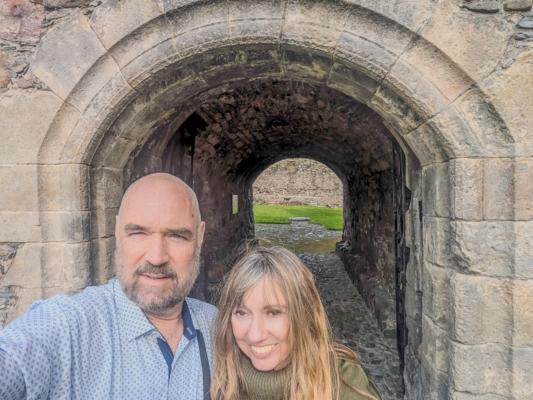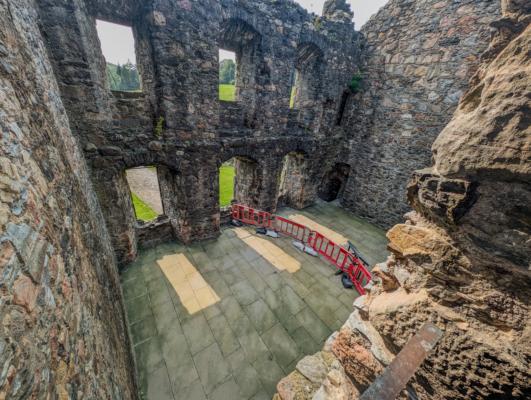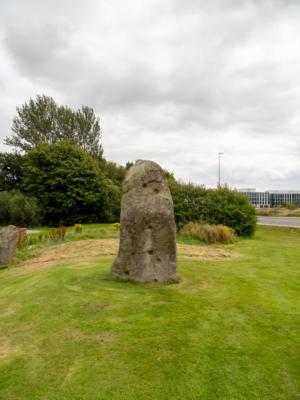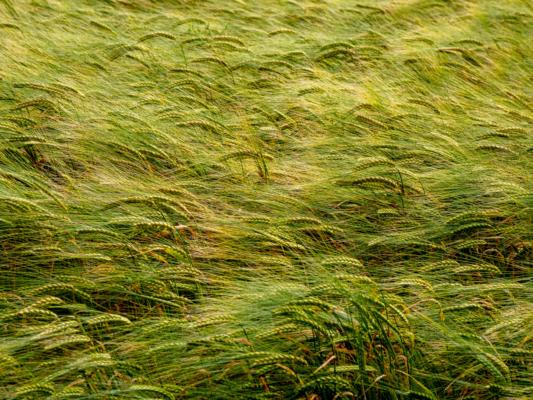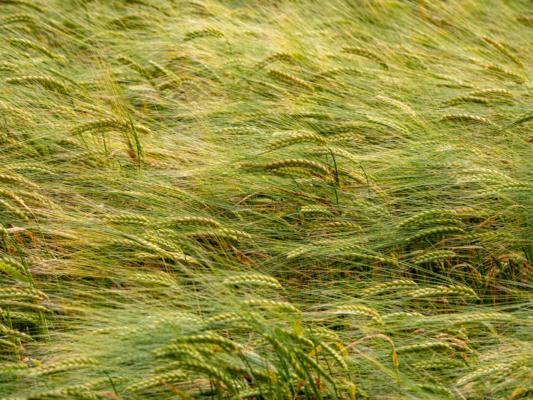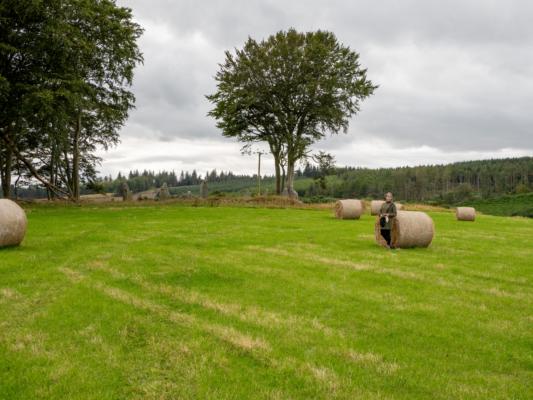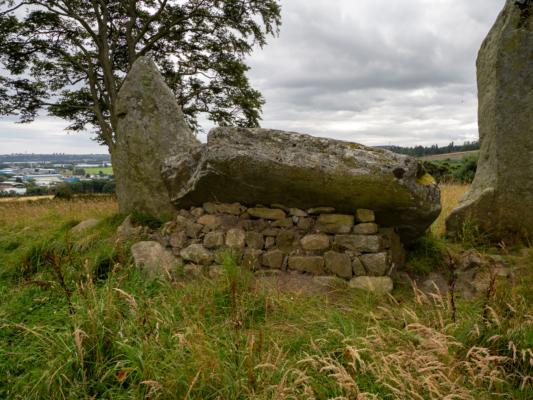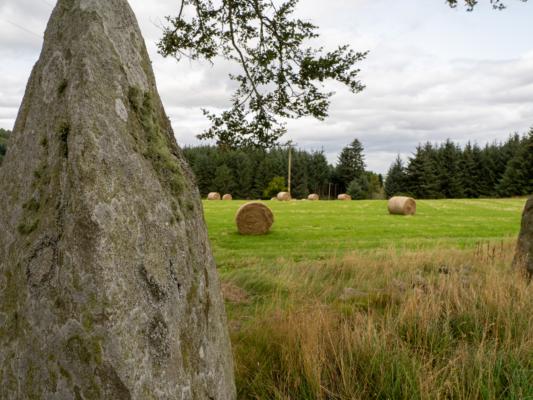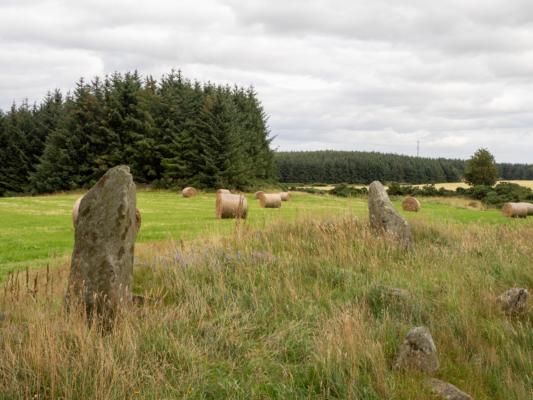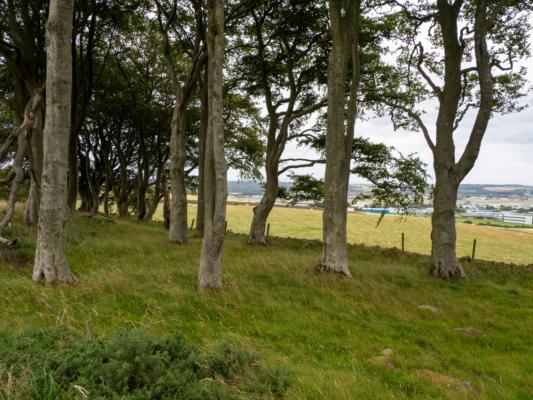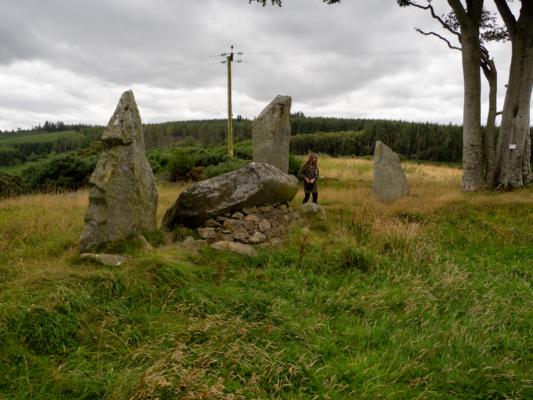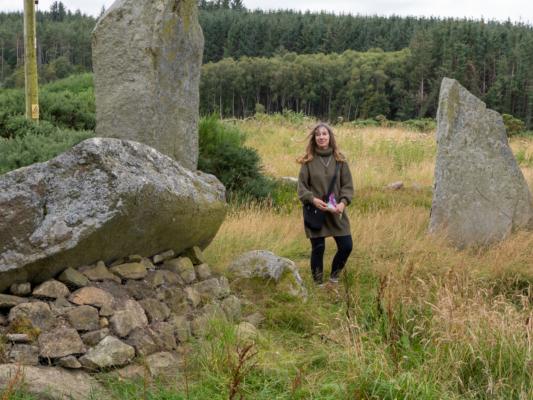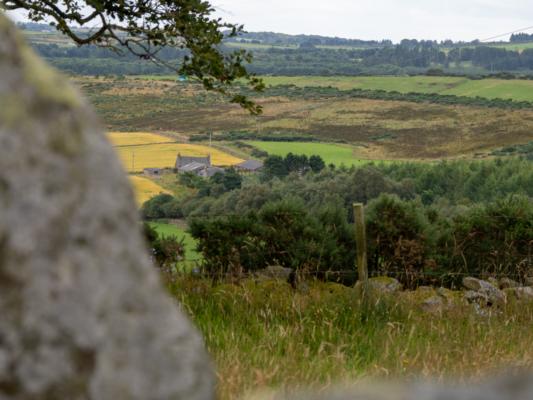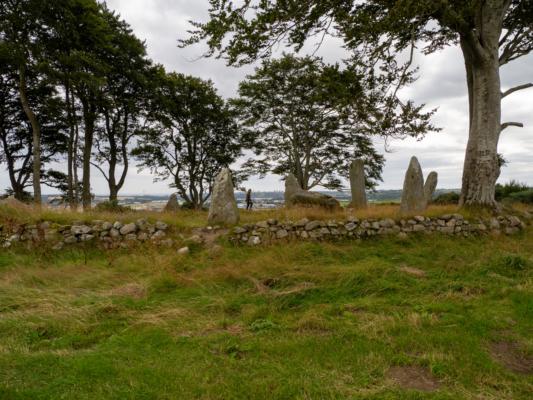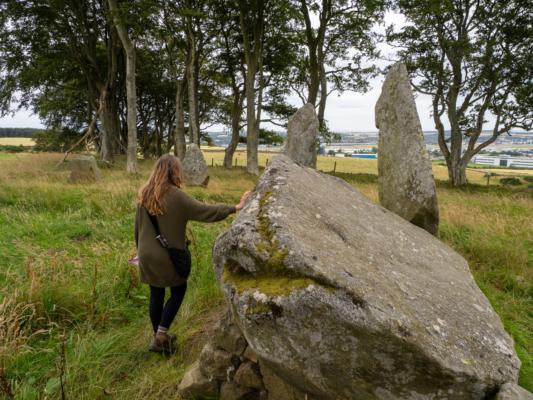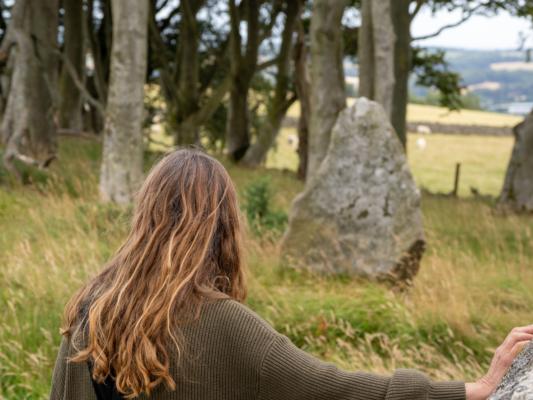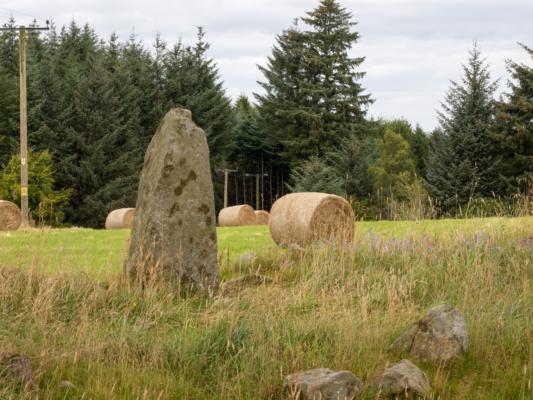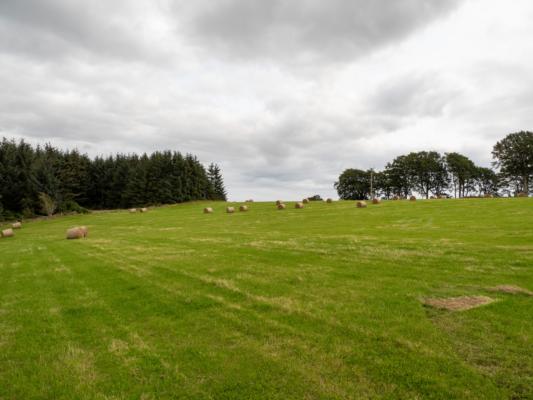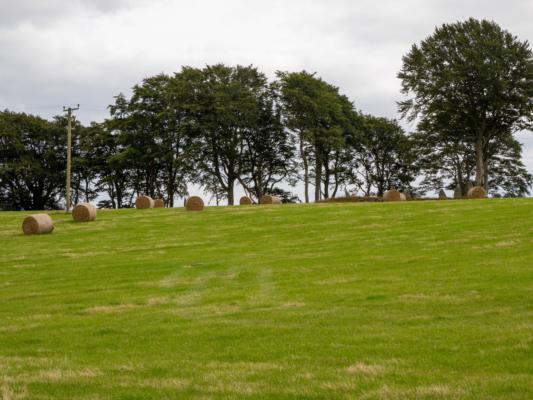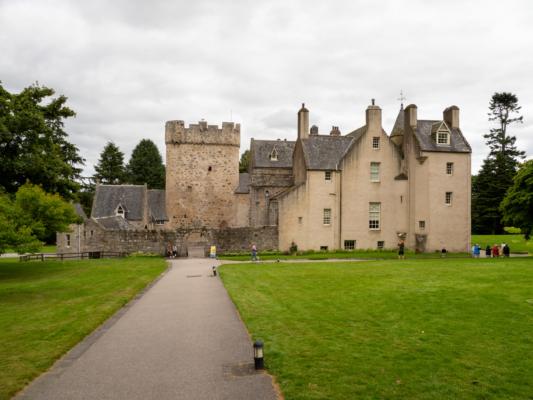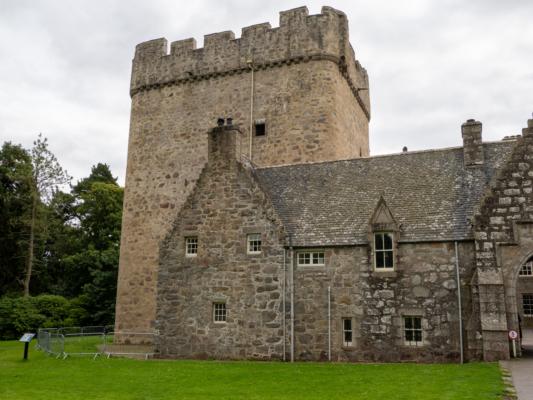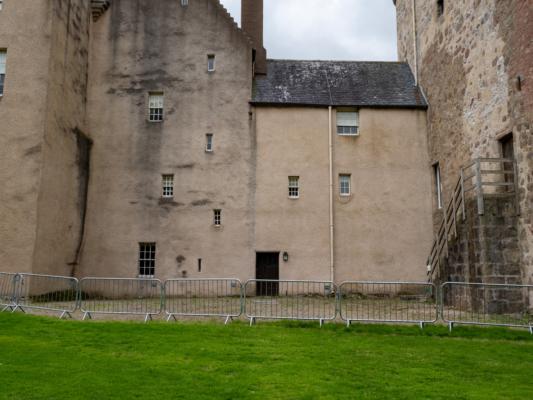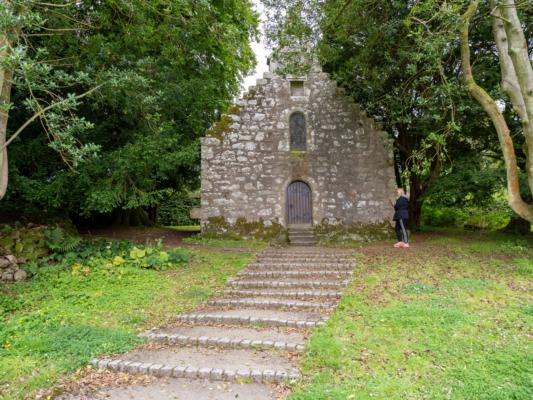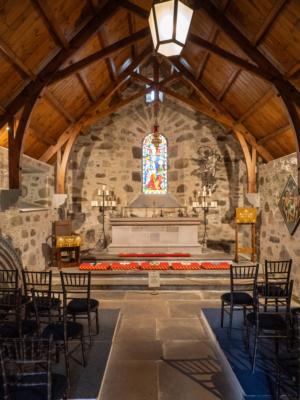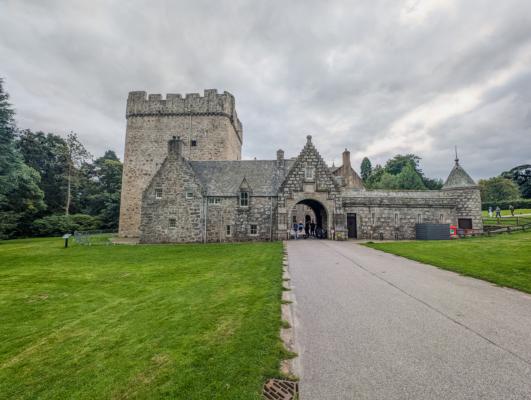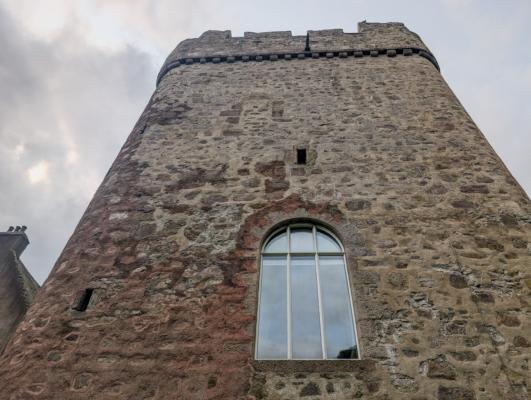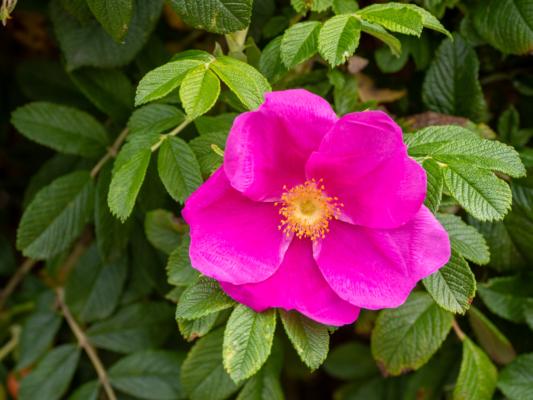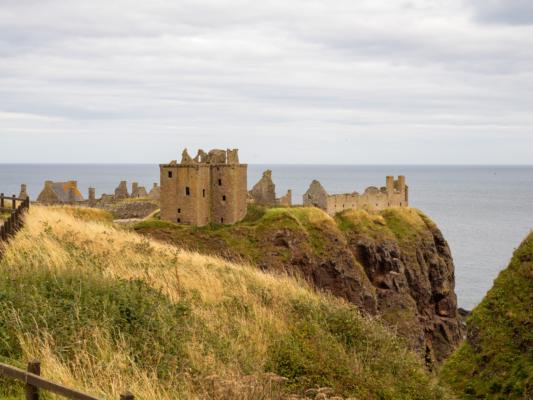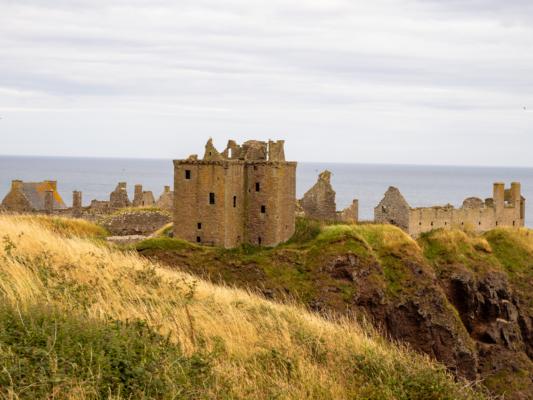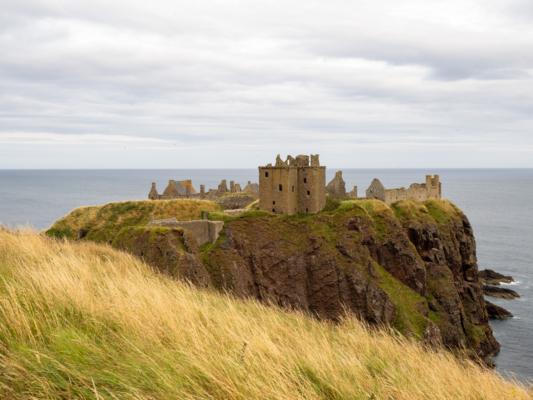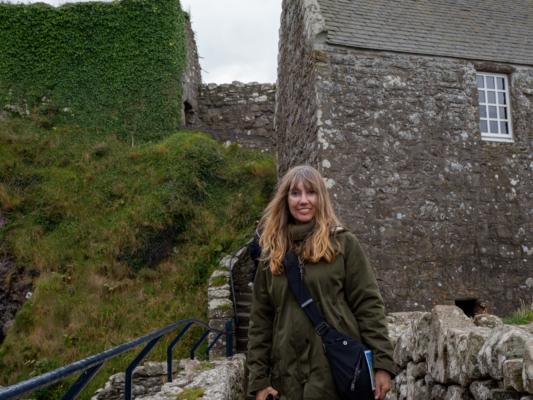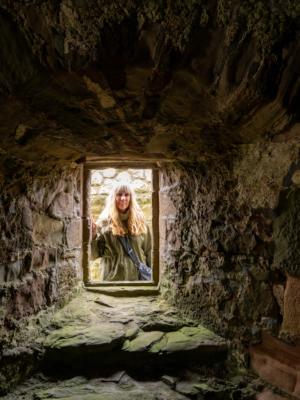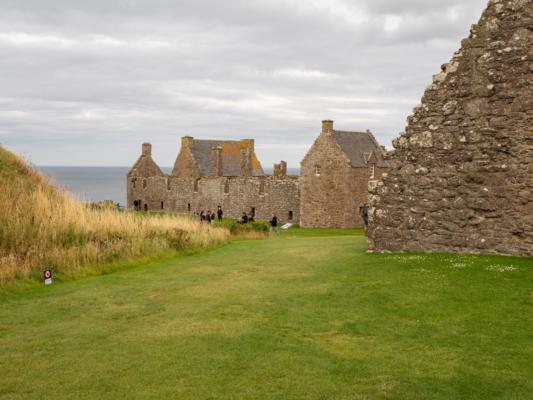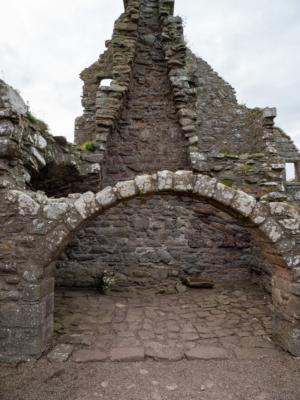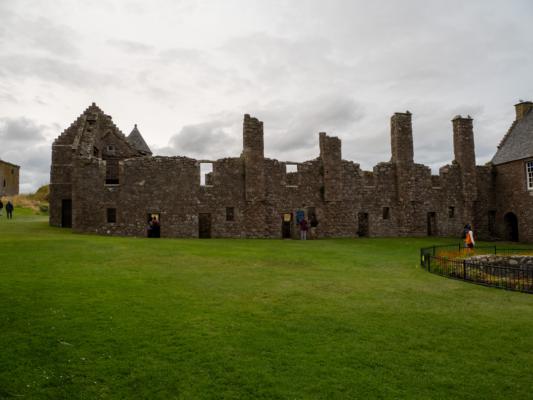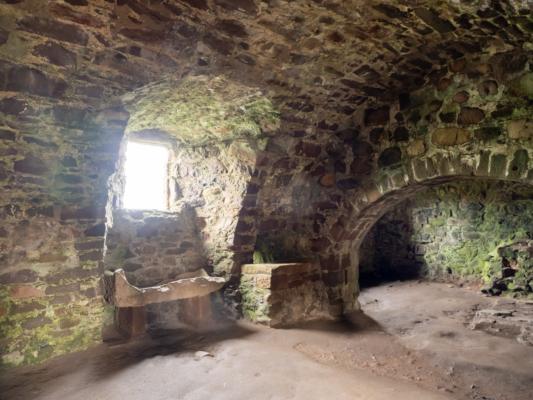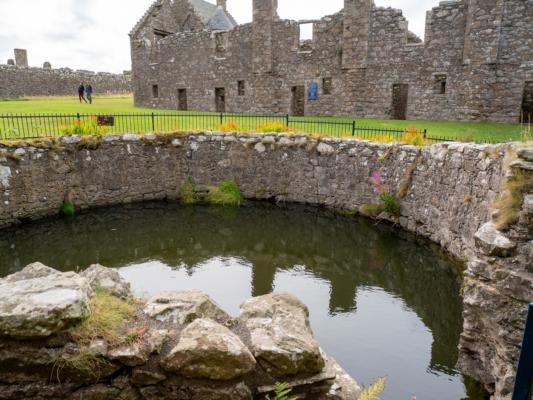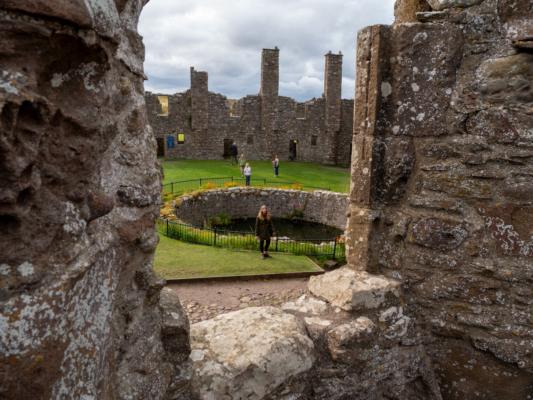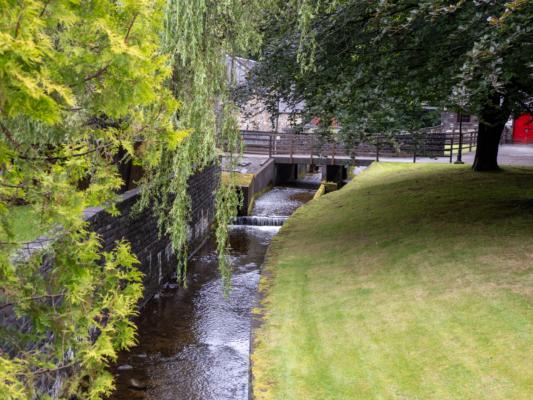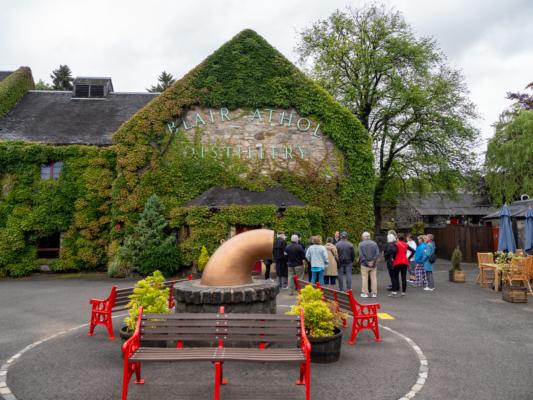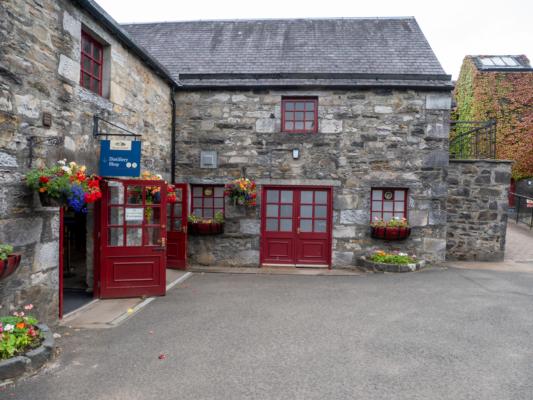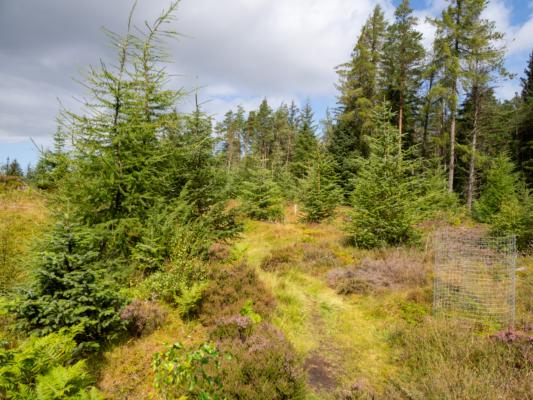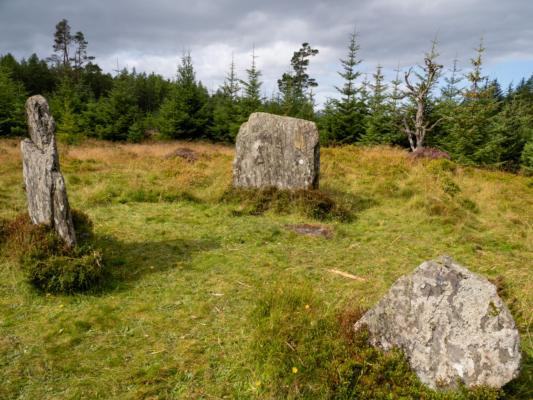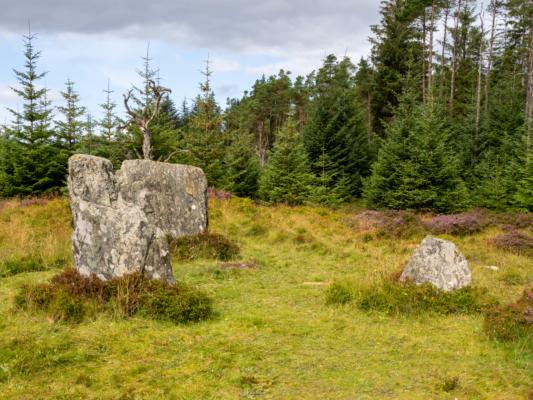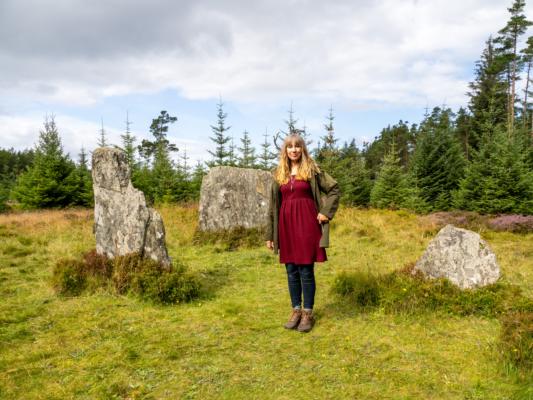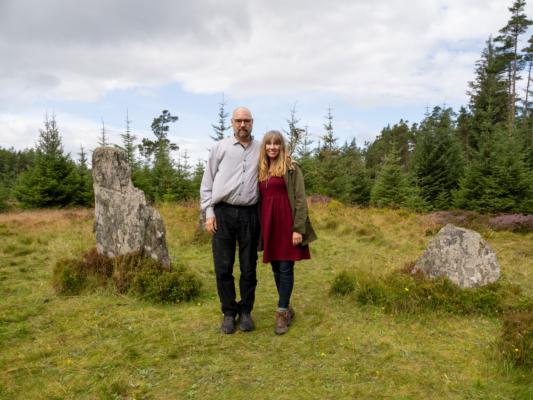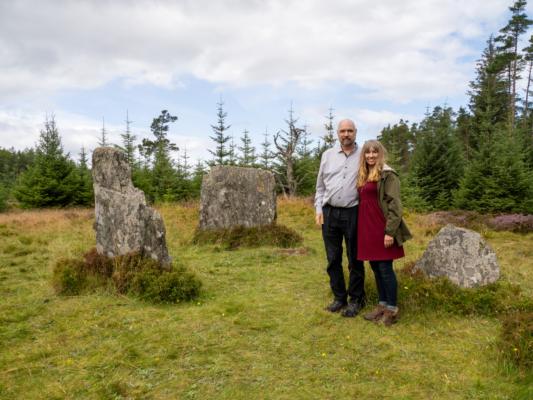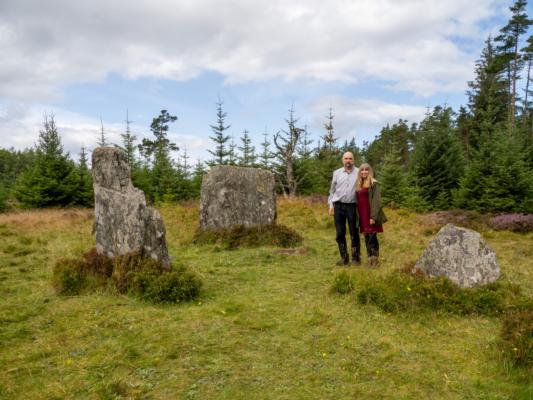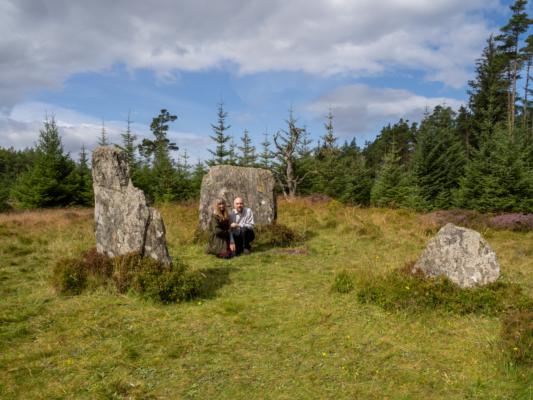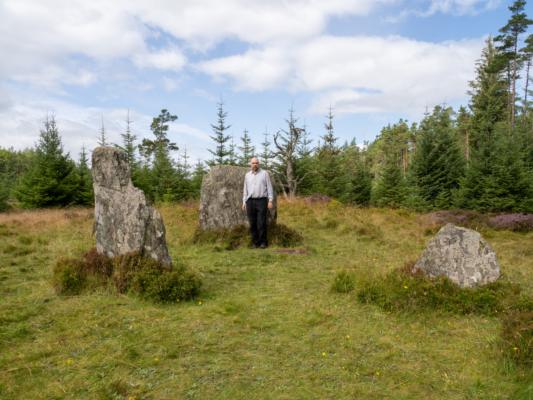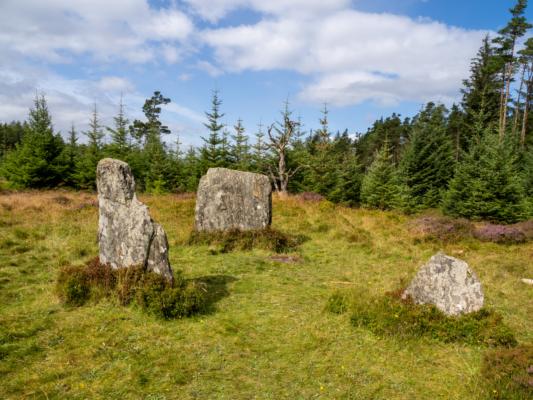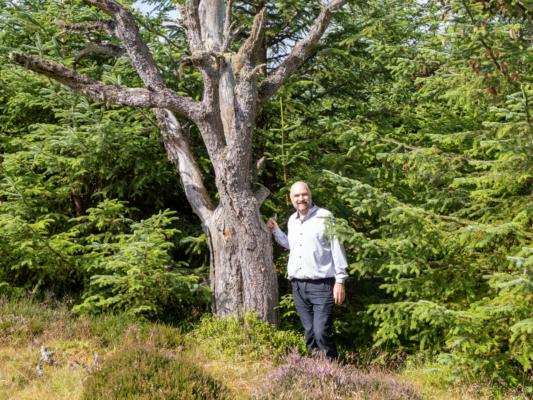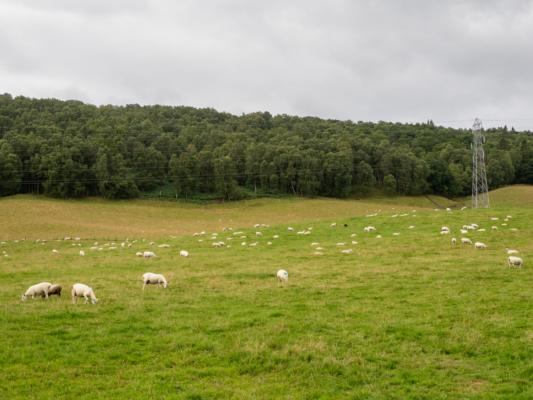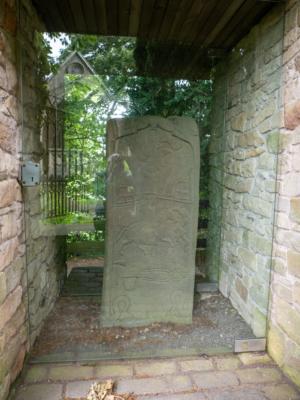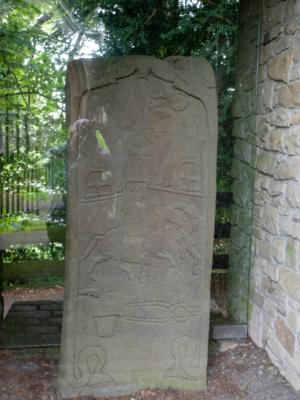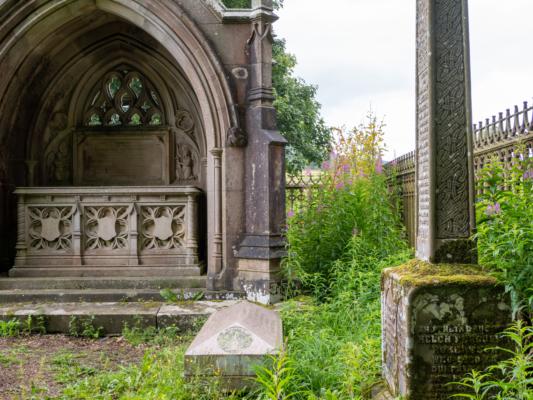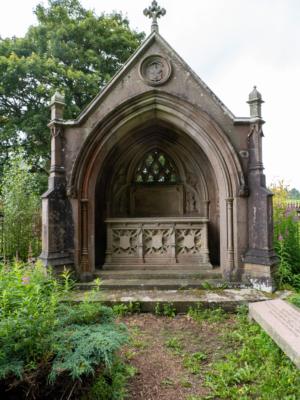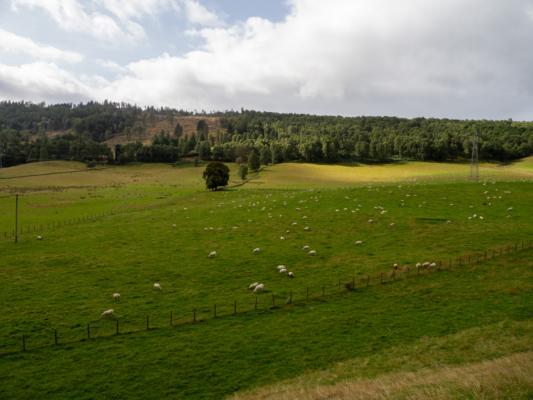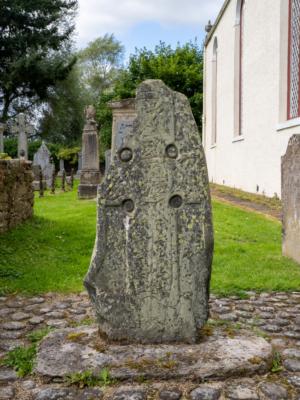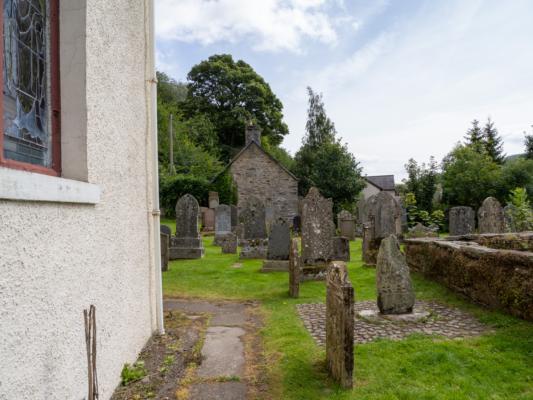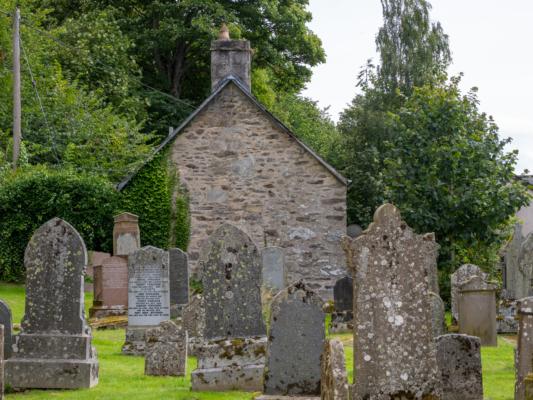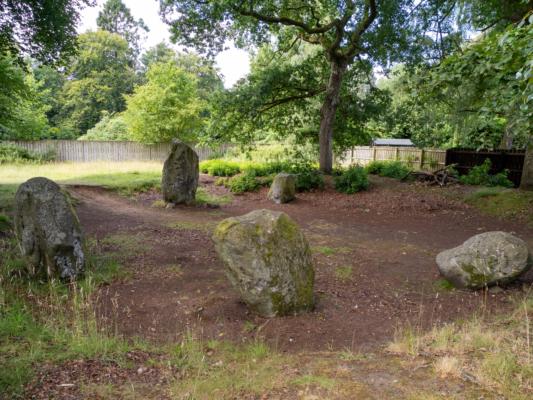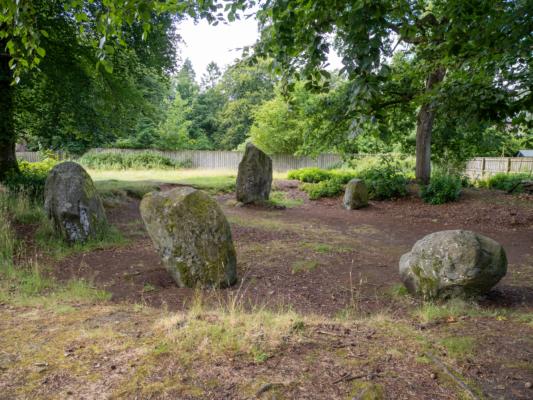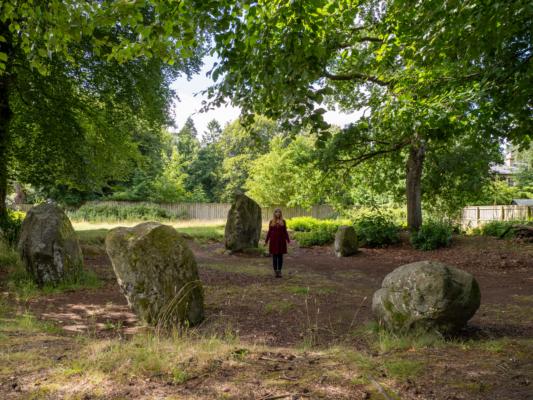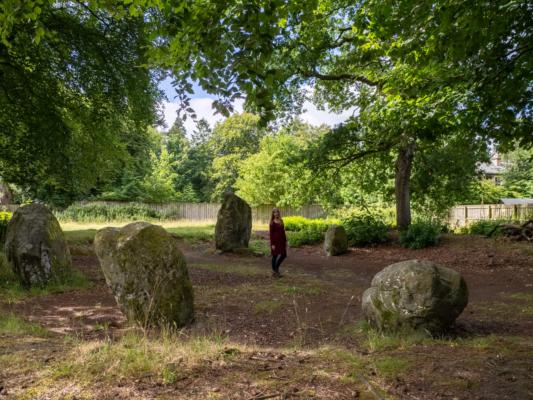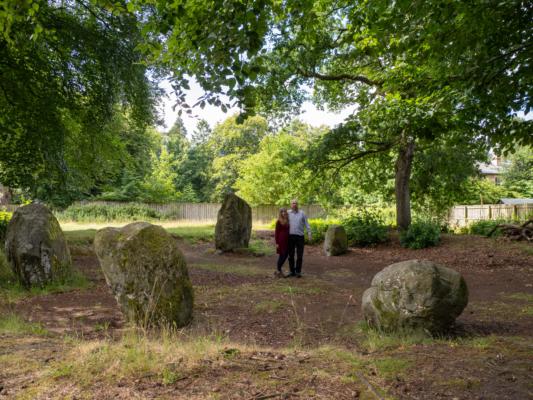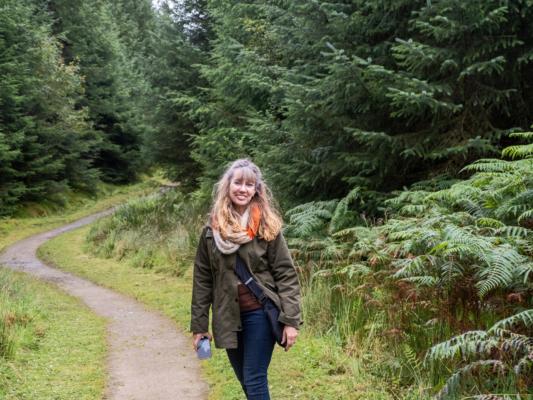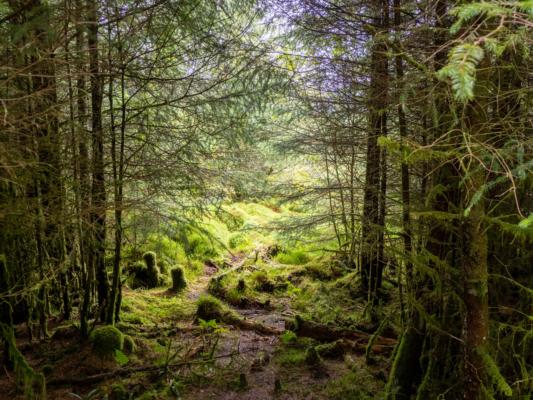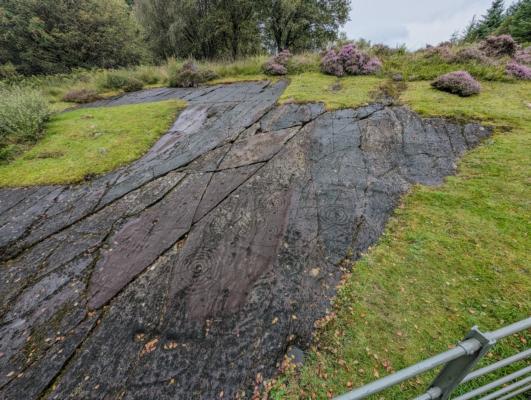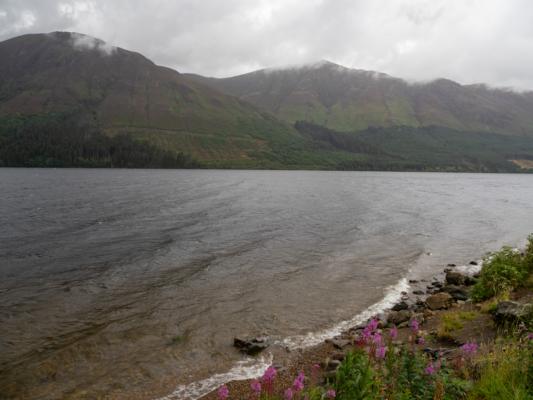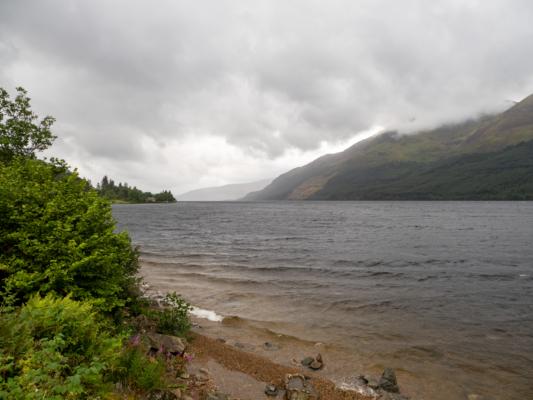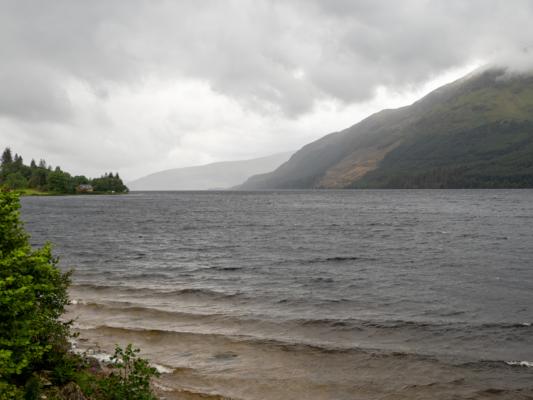Scotland vacation (August, 2024)
In August, at long last, Kathy and I decided to take a real vacation to a place that we had never seen before. We decided on Scotland. We wanted to tour the distilleries, and see the castles, and feel what it is like to be in Scotland. We took a week, from August 13-18, 2024. I flew in from Accra, and Kathy flew in from San Francisco. Thankfully, we arrived within an hour of each other in Edinburgh.
Edinburgh
To our surprise, there is a major festival in Edinburgh, the Edinburgh Fringe Festival, called “one of the greatest celebrations of arts and culture on the planet and takes place every August in Edinburgh, Scotland’s capital city.” The streets were alive with thousands of performers, music and shows everywhere.
Loch Katrine
The next day we had planned to travel to Islay, which is home to some of my favorite distilleries, including Laphroaig and Ardbeg. It is a several-hour drive, but we had enough time that to look around on the way. Kathy told me where to go and I entered it into the map. I think she saif Loch Lomond, but what I entered was entirely different, and we wound up at the Loch Katrine Visitor Center.
What an wonderful mistake! Loch Katrine was absolutely gorgeous, and Kathy and I were marveling at the beauty. The weather was spectacular. Look a the views of the lake!
Kilchurn Castle
Another of our goals was to see the old Scottish castles. The first one we saw was Kilchurn Castle, which was constructed in the mid-15th century. The ruin is now in the care of ]Historic Environment Scotland](https://en.wikipedia.org/wiki/Historic_Environment_Scotland), and is open to the public
Inveraray
Kilchurn was wonderful, but the next castle was intact. Inveraray Castle is the home of the Duke and Duchess of Argyll. This castle was built in the 16th century. It is one of the earliest Gothic Revival buildings. In the 1770s, the village of Inveraray was demolished and rebuilt a short distance away, to give the castle a more secluded setting.
Islay
At the end of the second day, we arrived on the island of Islay. KAthy had reserved an AirBnB and it was incredible, at the top on a moujntain on the island, with weather all around.
After a night’s sleep, the next day we toured the Ardbeg distillery. IT was really fun, we had a great guide. We also visited the Laphroaig distillery. We really had fun walking the island.
Invergarry Castle
Early the next day, we left in the direction of the Scottish highlands. We stopped at Invergarry Caslte, another ruin.
Balvenie Castle
Balvenie Castle was the oldest castle we visited, built in the 12th century by the Comyn family (the Black Comyns) and was extended and altered in the 15th and 16th centuries. The castle was occupied and deserted several times. Currently the ruins are managed by Historic Enironment Scotland.
Tyrebagger Standing Stones
Kathy and I wanted to see stone circles, even mroe than castles. The Tyrebagger stone circle is just outside of Aberdeen. It was pretty hard to find, one of the stones is down in the city near a filling station. The circle itself is in the middle of a field near the airport. The experience was really remarkable.
Drum Castle
With Drum Castle we’re now getting much farther east in the Scottish highlands. This castle is intact. Unfortunately, we didn’t time to tour the castle, but we did get a view of the grounds.
Dunnottar Castle
Dunnottar Castle is a remarkable castle on a rocky headland on the northeast coast of Scotland on the North Sea. The ruins of the castle are spread over 1.4 hectares (3 1⁄2 acres), surrounded by steep cliffs that drop to the North Sea, 160 feet (50 metres) below. A narrow strip of land joins the headland to the mainland, along which a steep path leads up to the gatehouse. The various buildings within the castle include the 14th-century tower house as well as the 16th-century palace.
Blair Athol Distillery
It turned out that our dream of visiting distilleries in Scotland was pretty shortsighted, because we were traveling by car, and so I couldn’t drink. In the end, whenever we visited a distillery, we wound up pruchasing a small amount to be consumed after we retired to our hotel. C’est la vie, it was still really fun.
For the next distillery, I wanted to go somewhere that I had never heard of. There are hundreds of distilleries in Scotland, this was not be a problem! Choosing more or less at random, we decided to go the the Blair Ahtol Distillery](https://en.wikipedia.org/wiki/Blair_Athol_distillery) in Pitlochry.
Clachan An Diridh
The most significant moment of the trip, for me, was the visit to Clachan an Diridh a stone circle, difficult to find, near Pitlochry. There were four stones originally, but now we can see only three. The experience was incredibly strong, this was the place.
Dunfallandy Stone
The Dunfallandy Stone is a remarkable example of Pictish Insular art. Little Pictish art survives other than sculpture, so we need to look to monuments like the Dunfallandy Stone for clues as to what has been lost. It gives us an insight into the minds of the Picts.
Logierait Cross Slab
The Logierait Pictish Cross-Slab is in the churchyard at Logierait, near Pitlochry, is a sculpted stone; on one side is a knotwork-decorated cross and on the other a pair of Pictish symbols: a horseman above a serpent-and-rod. The horseman is carrying a spear and his horse has a fringed saddle blanked and an intricate bridle.
Druid’s Park Stone Circle
The Druids Park Stone Circle is a stone circle in a housing development near the city of Murthly. The monument comprises the remains of a stone circle dating to the Late Neolithic period or early Bronze Age (around 3000-2000BC) set within an earthen bank. It is visible as a settingof five stones measuring 10m in overall diameter and standing up to around 1.7m in height, although originally it probably comprised 8 stones. The circular earthen mound around the stones was raised in the 19th century as part of landscaping in the grounds of Murthly asylum. The stone circle is located within a residential development in Murthly at around 65m above sea level.
The scheduled area is circular, measuring 25m in diameter and is clipped to the south. It extends up to but does not include the modern fences on its north and east sides and extends up to but does not include the public footpath on its south side. It includes the remains described above and an area around within which evidence relating to the monument’s construction, use and abandonment is expected to survive, as shown in red on the accompanying map.
Loch Leven
Now our journey was coming to an end. The final place I wanted to visit was Lochleven Castle, which is a a ruined castle on an island in Loch Leven, in the Perth and Kinross local authority area of Scotland. Mary, Queen of Scots, was imprisoned there in 1567–68, and forced to abdicate as queen, before escaping with the help of her gaoler’s family.
The castle is on a island, and as it turned out on the day that we were there, the were no tours to the island. Still, we could see the island from afar!
After Loch Leven, we returned to Edinburgh, and said goodbye to Scotland. What an incredible journey this was!
